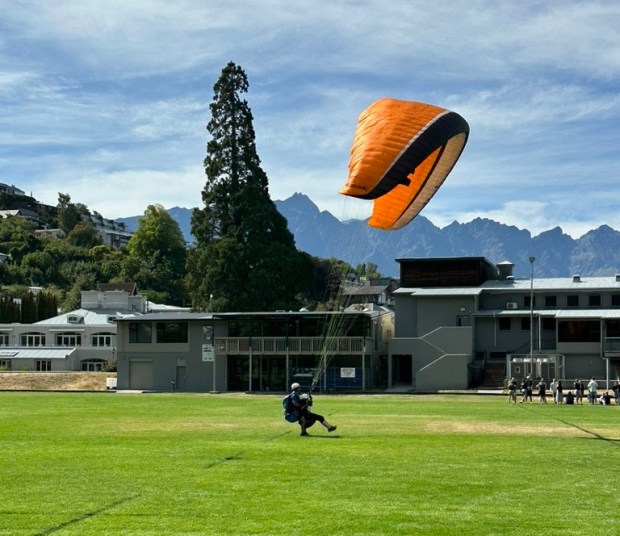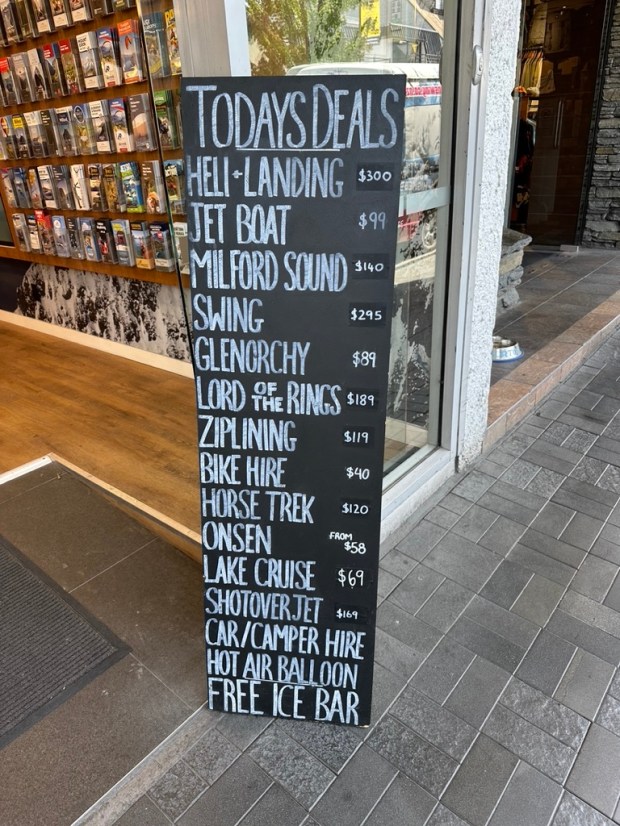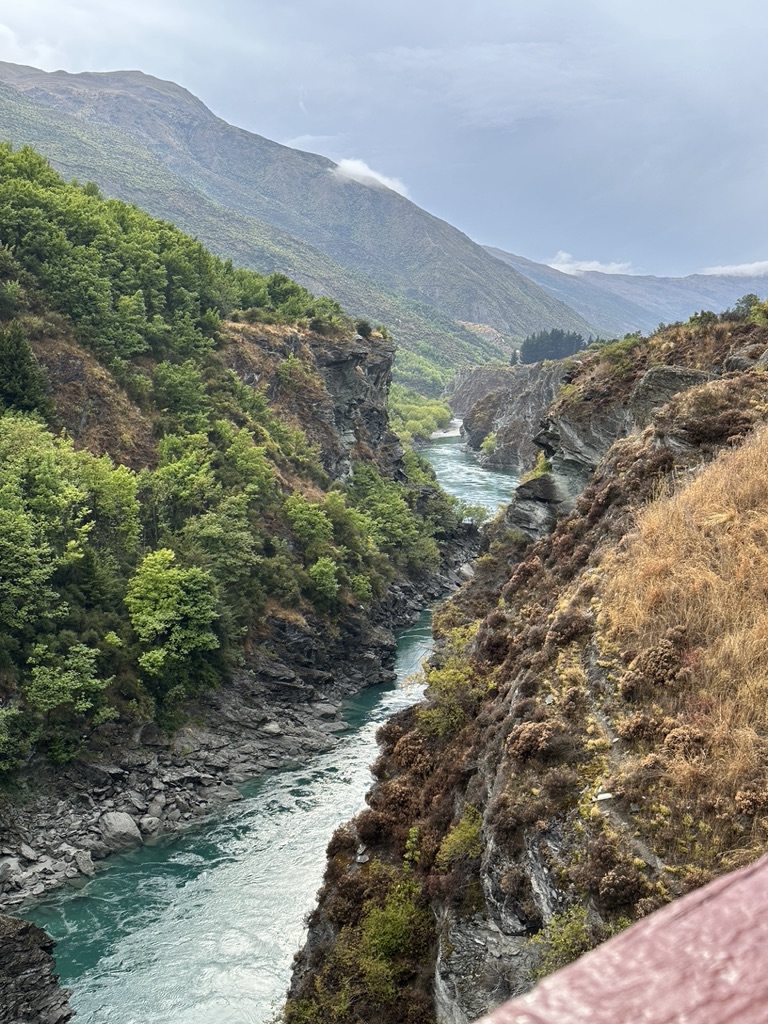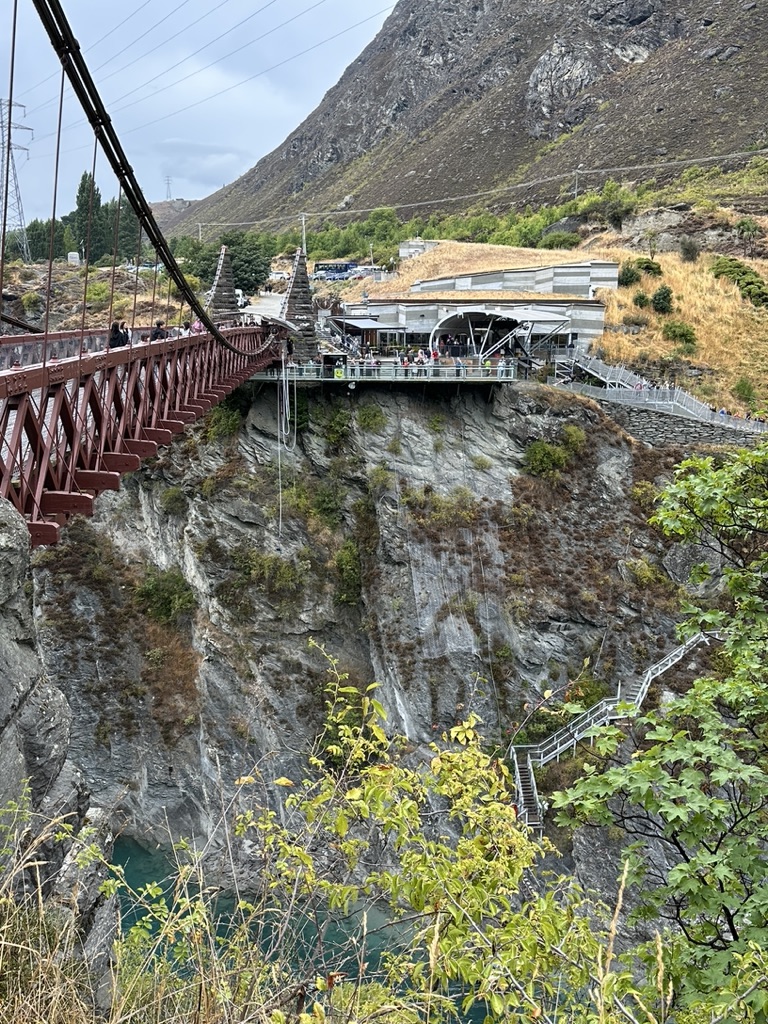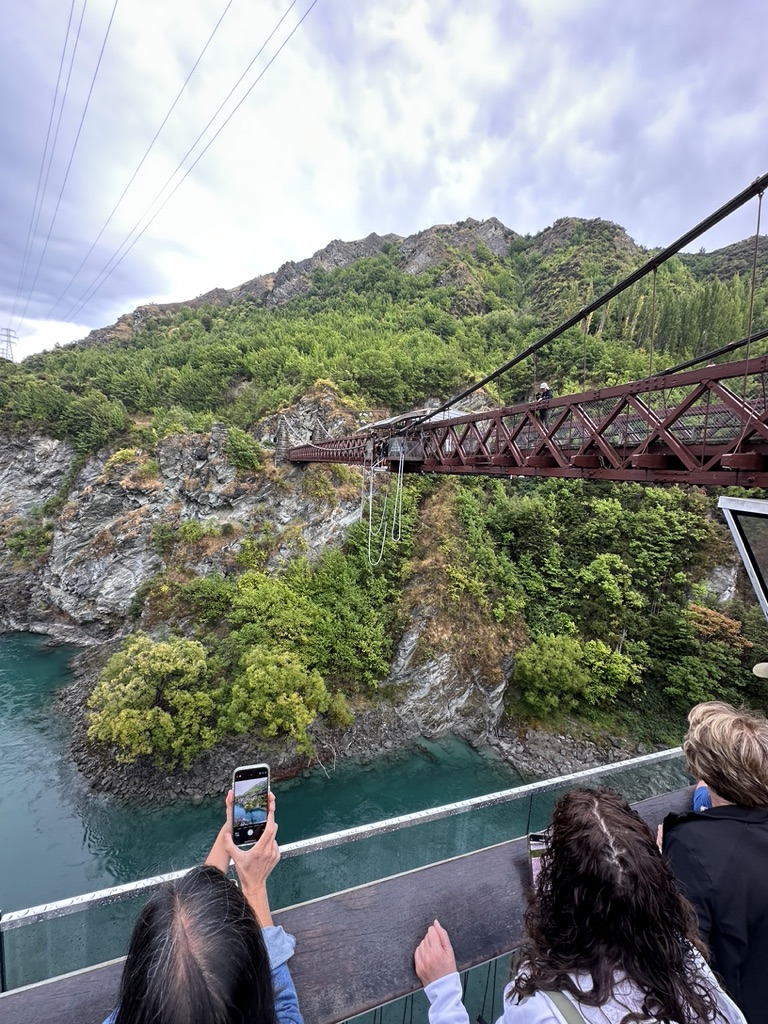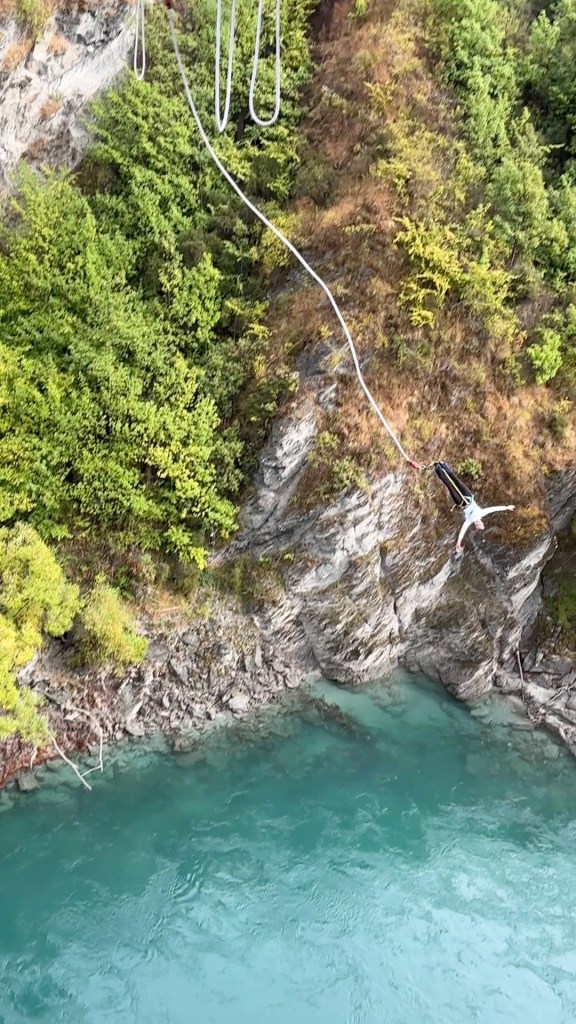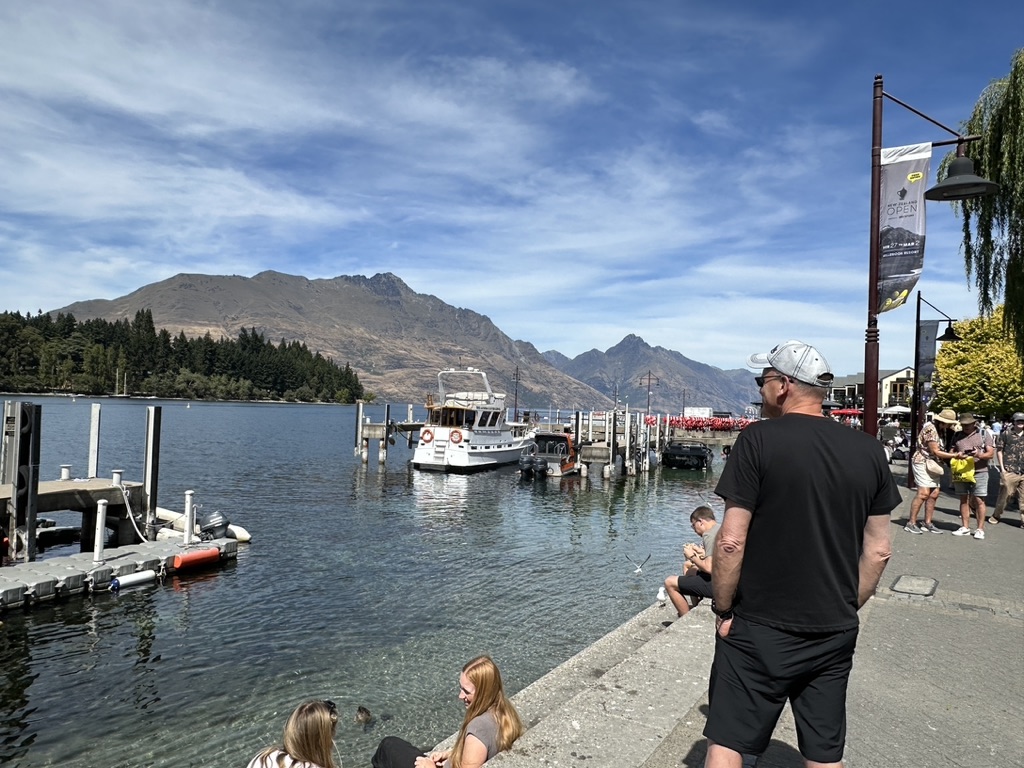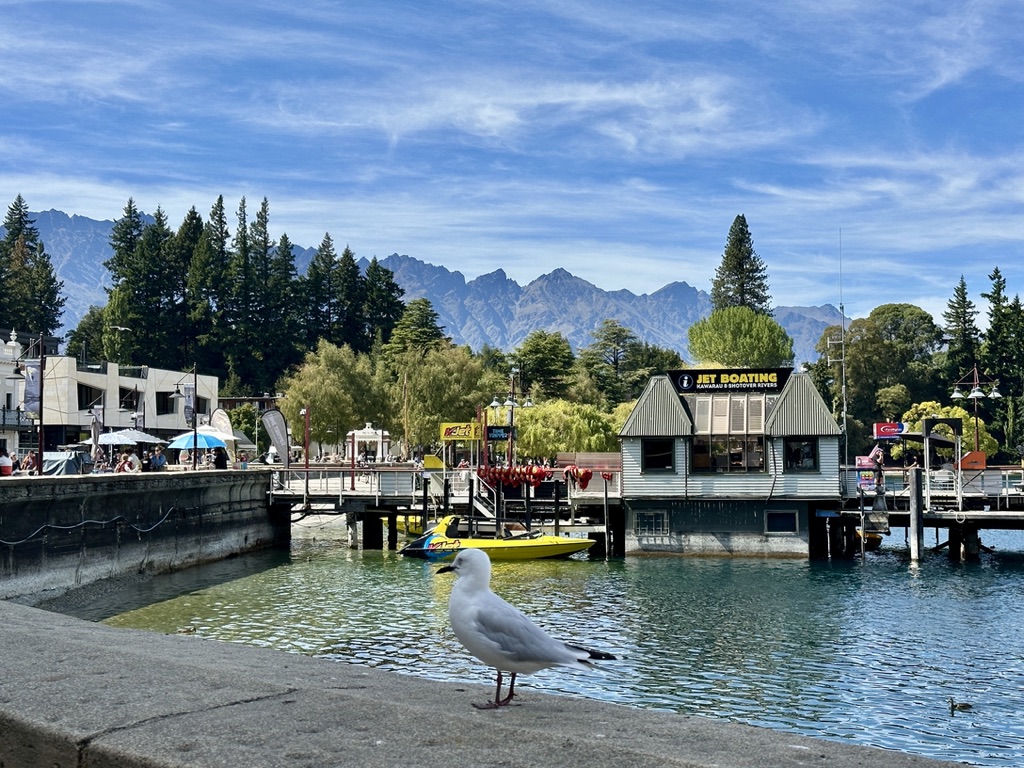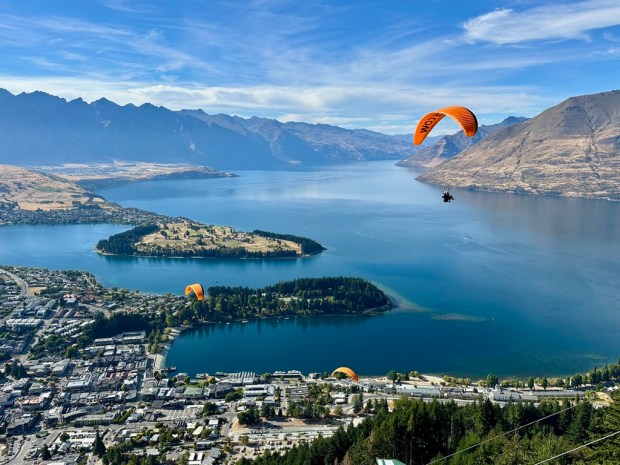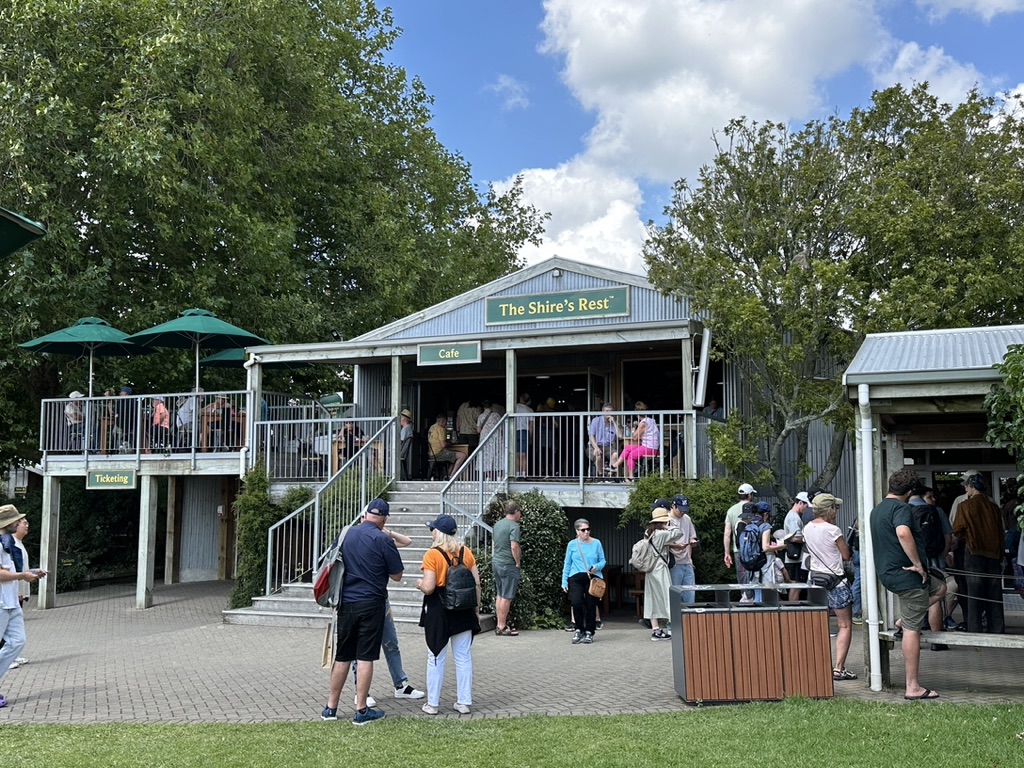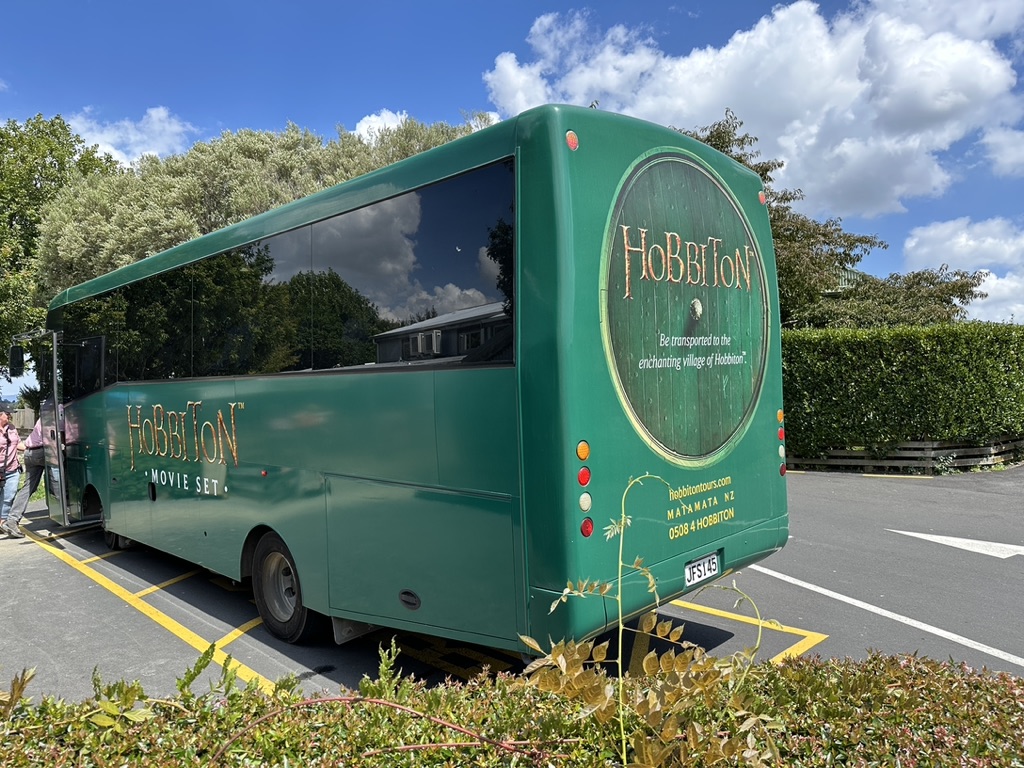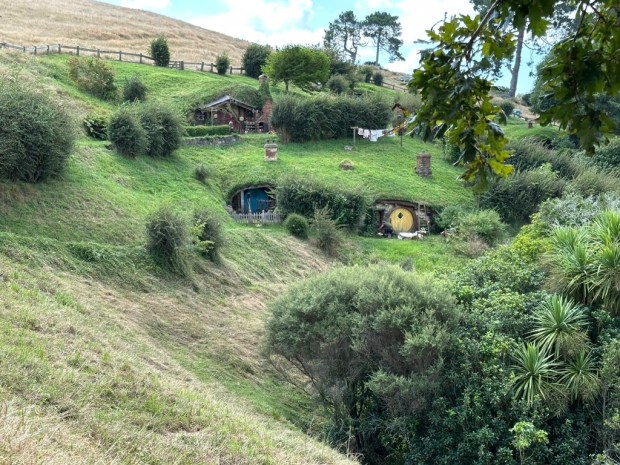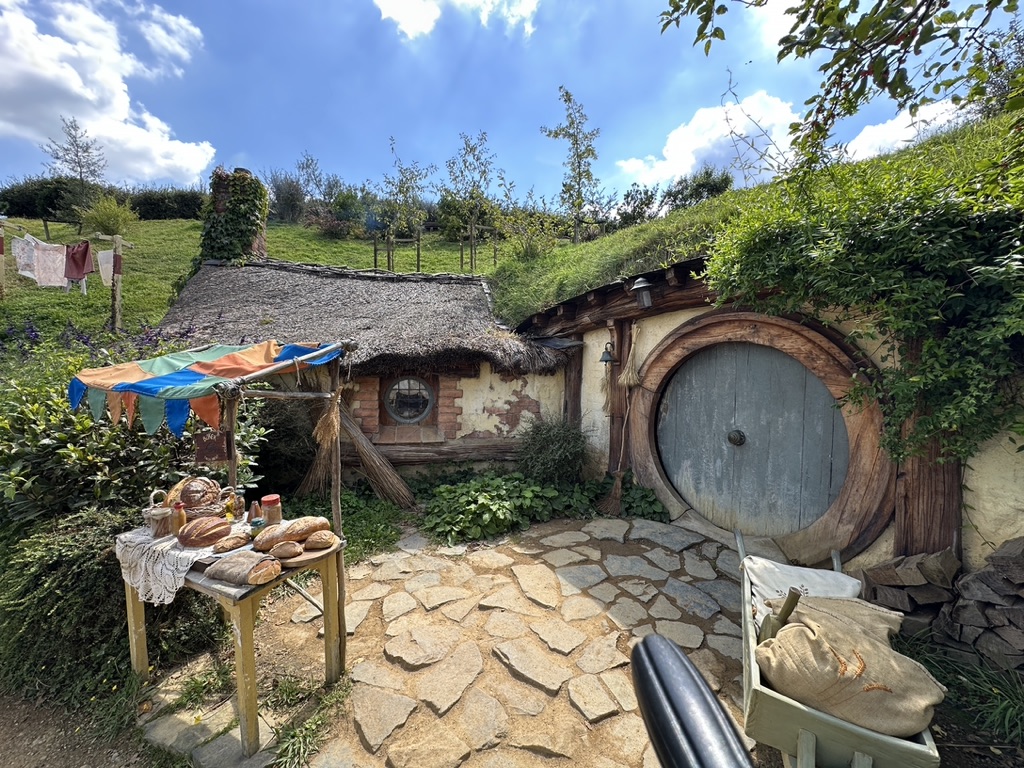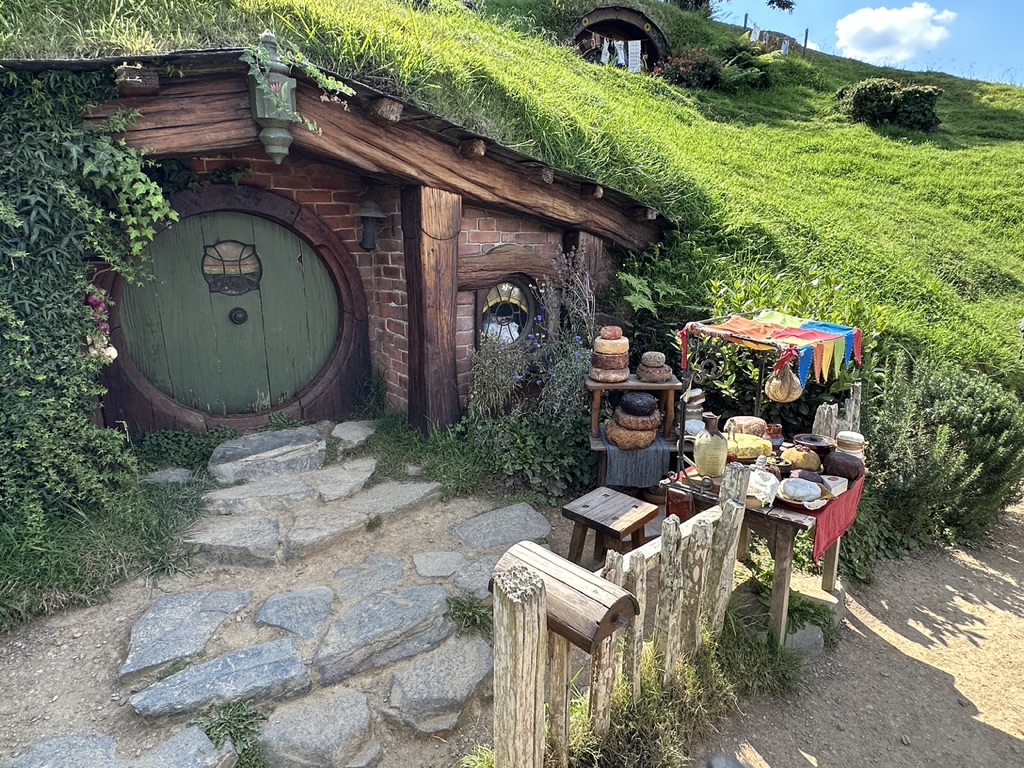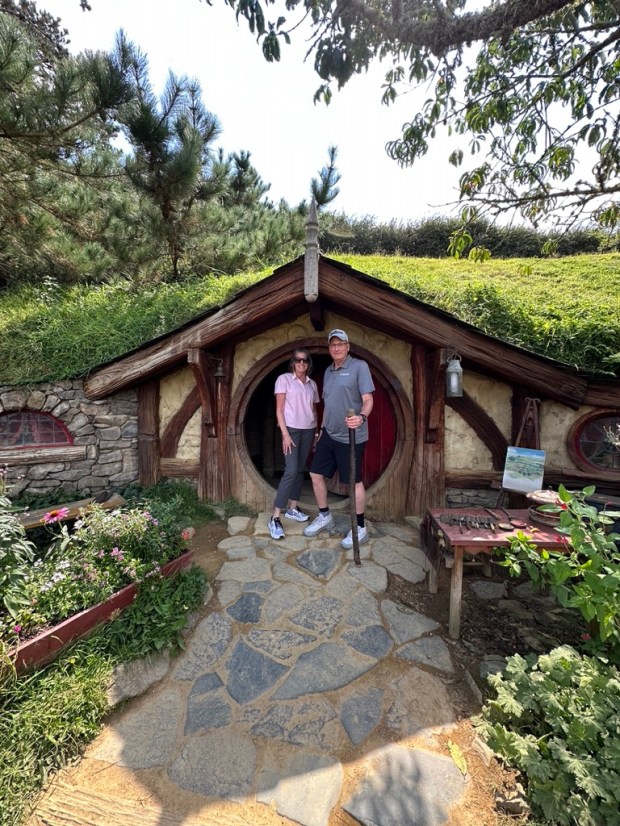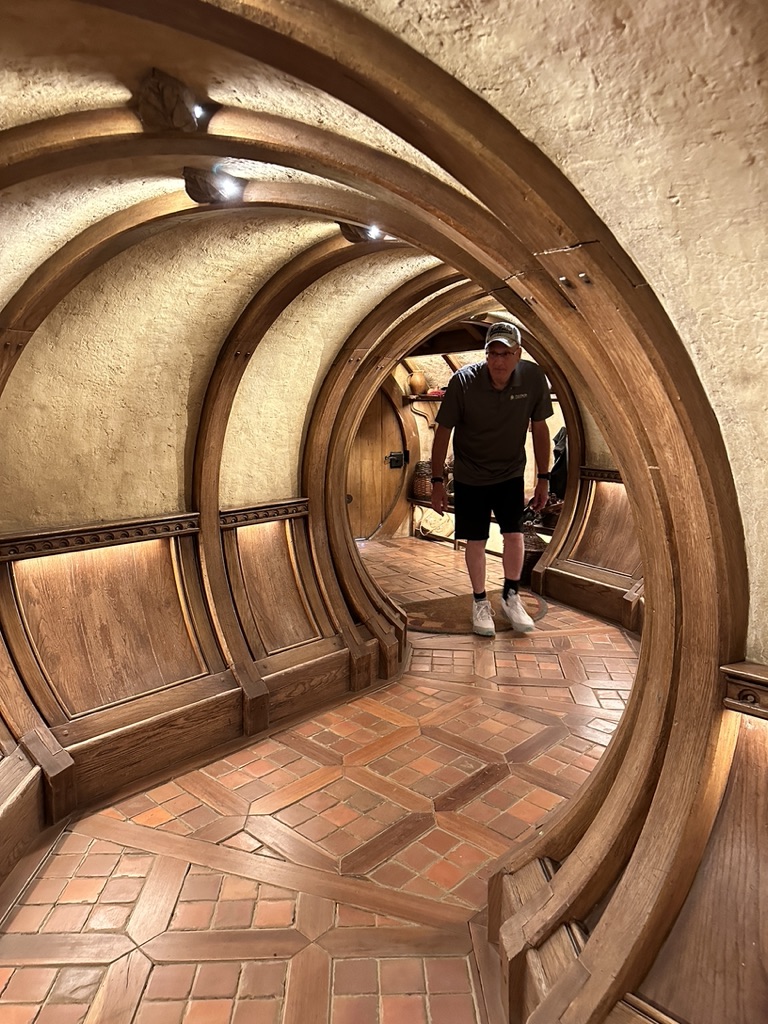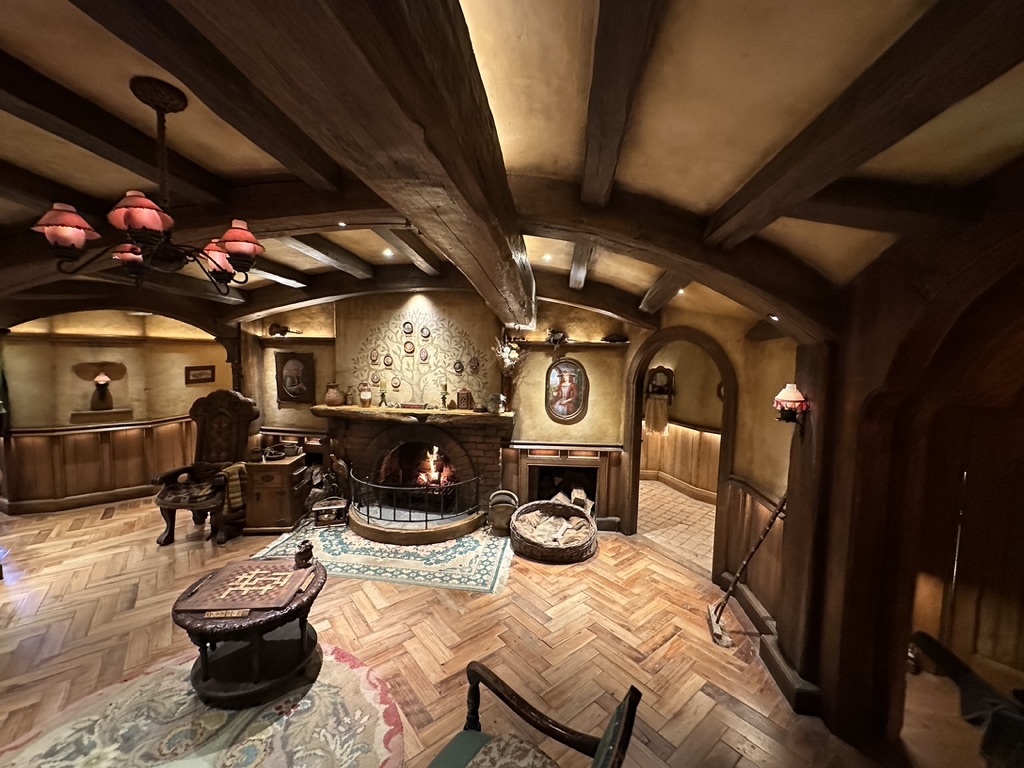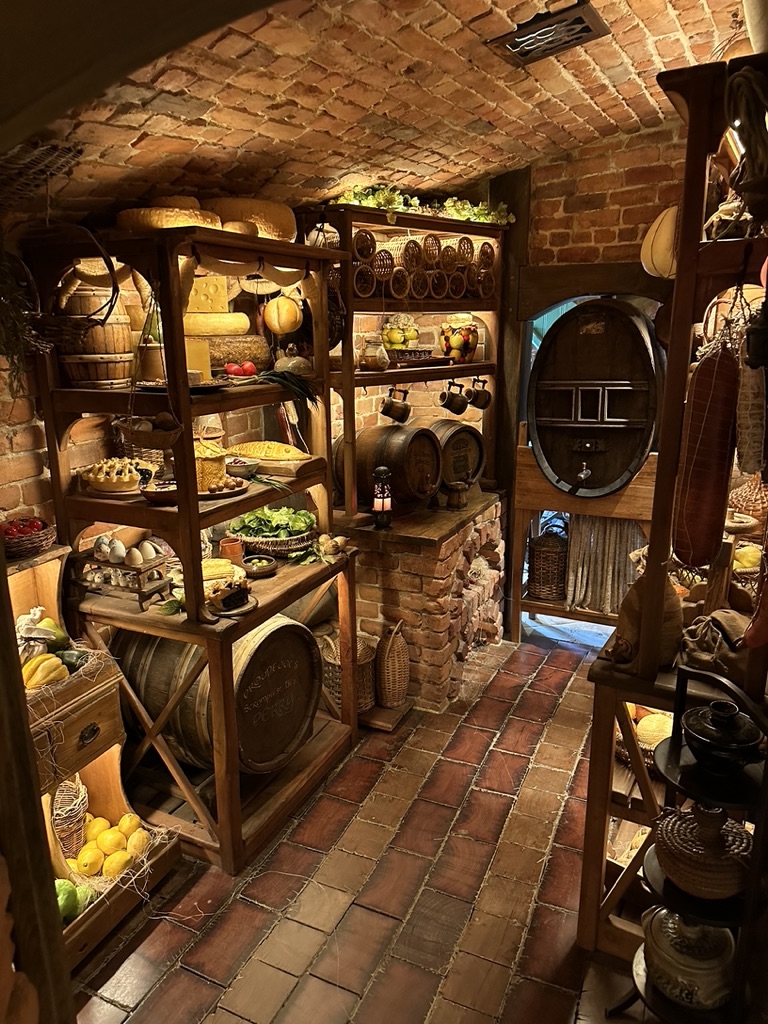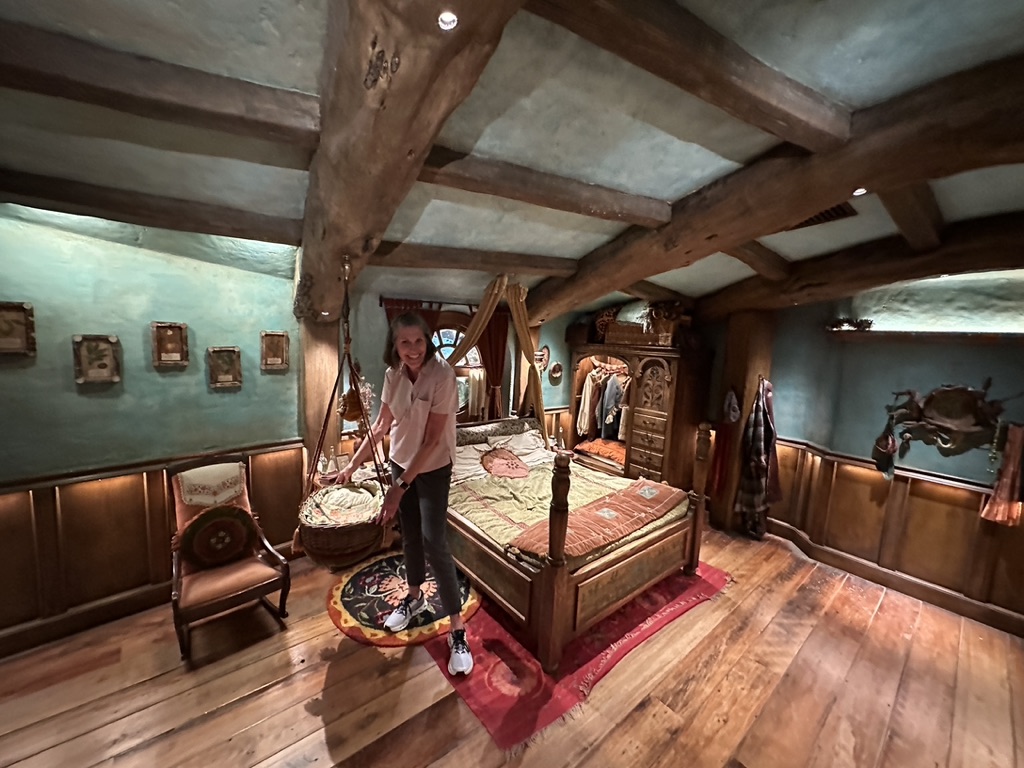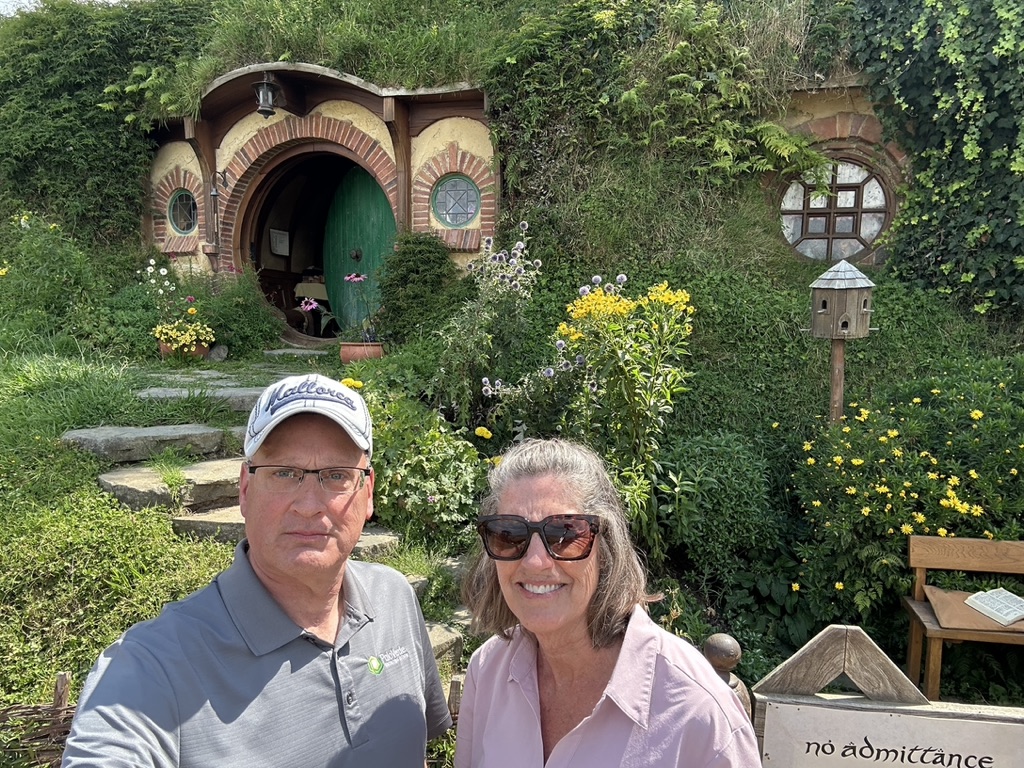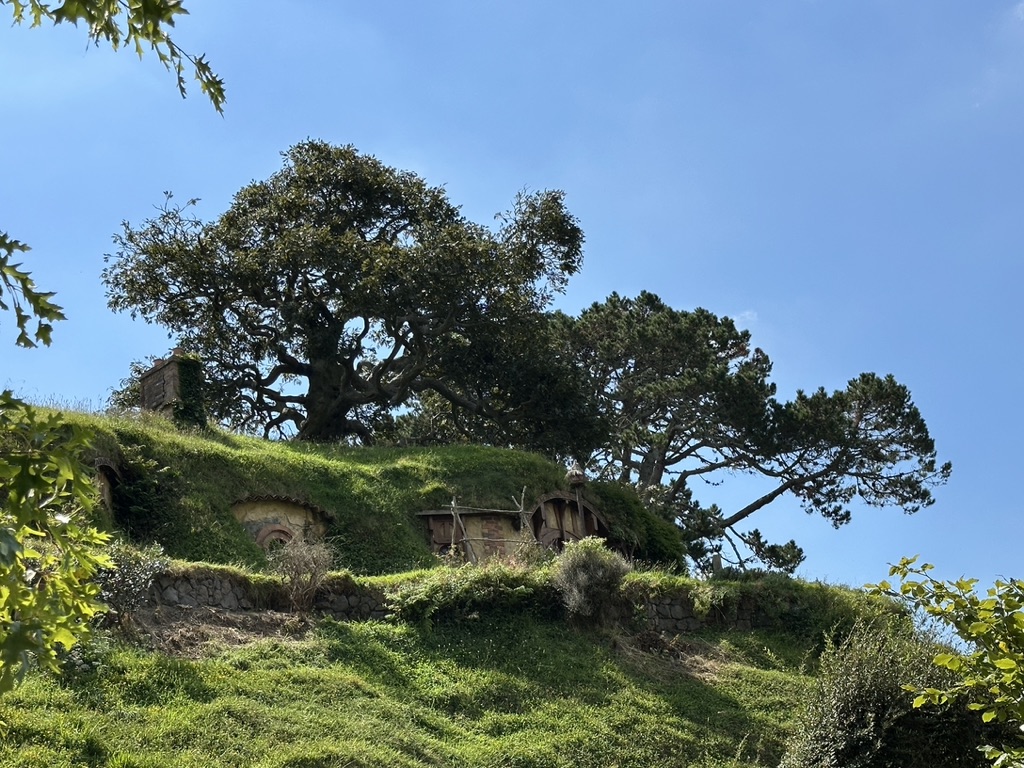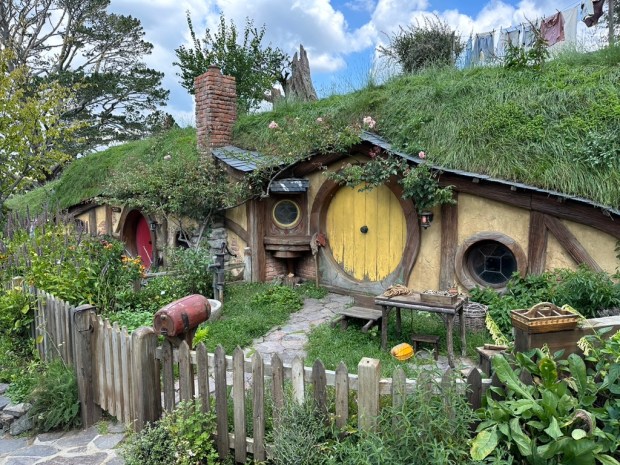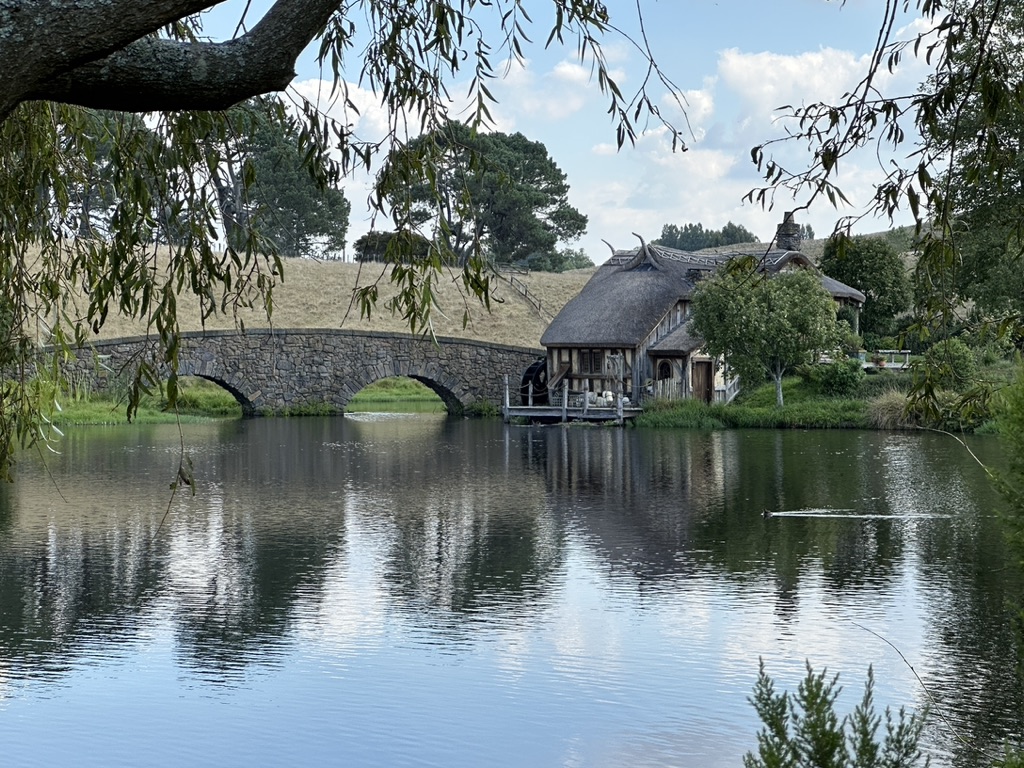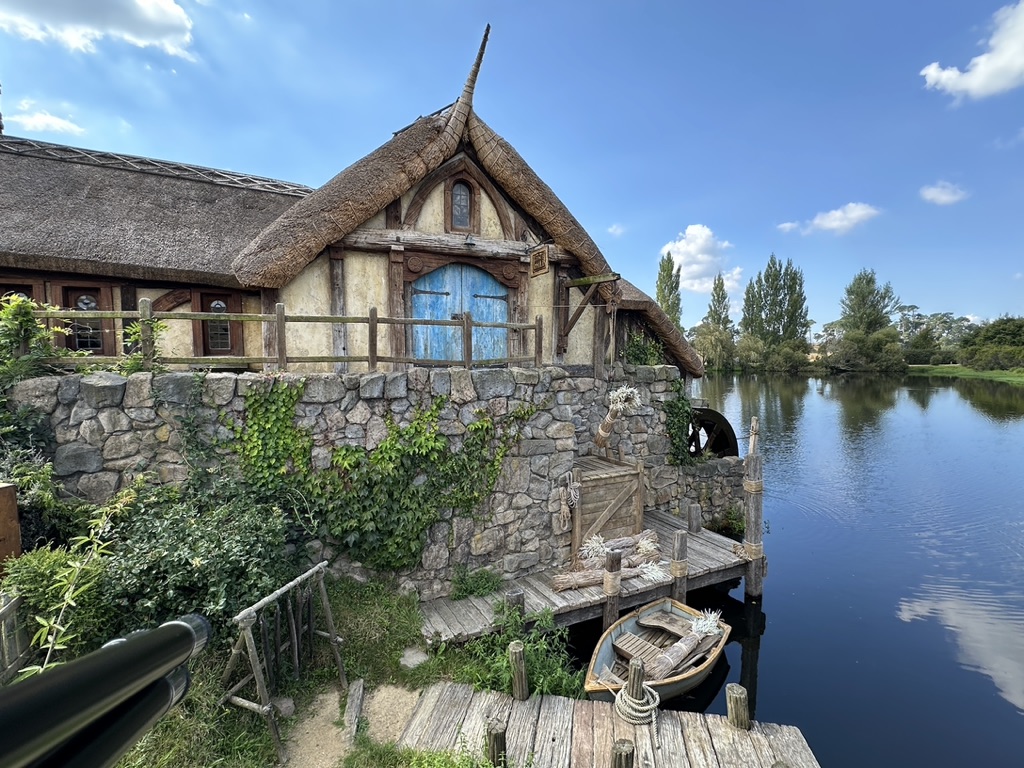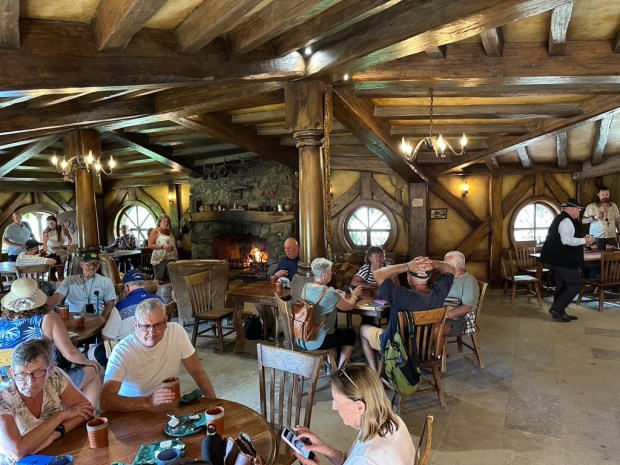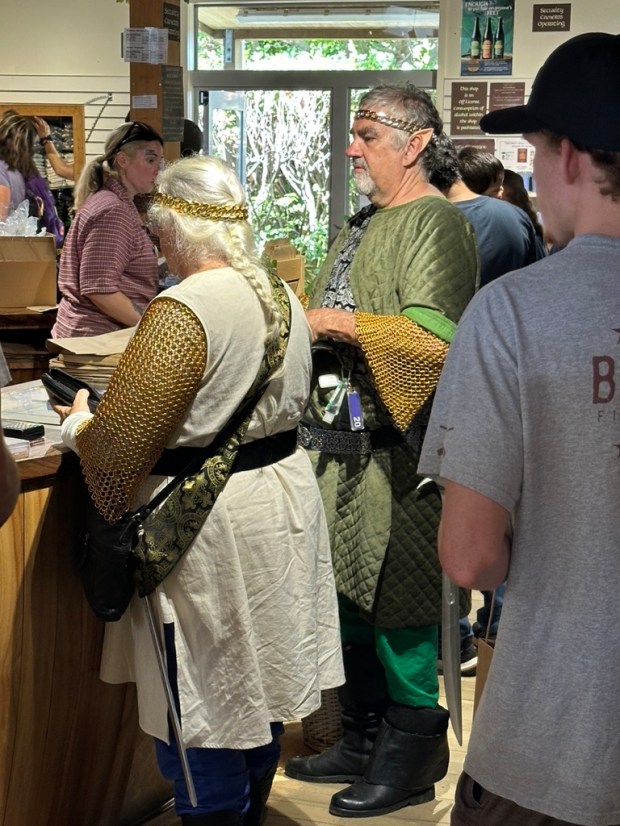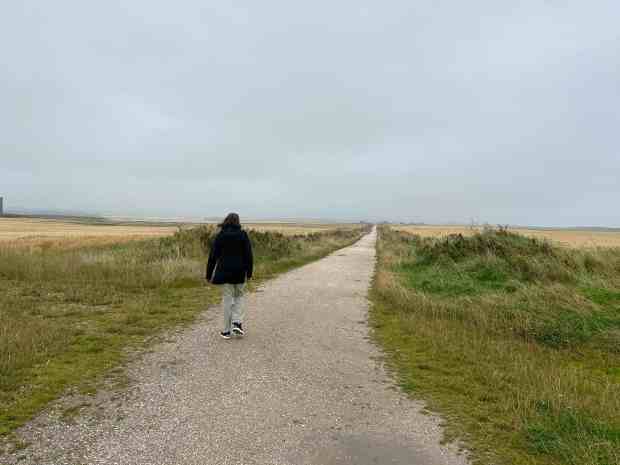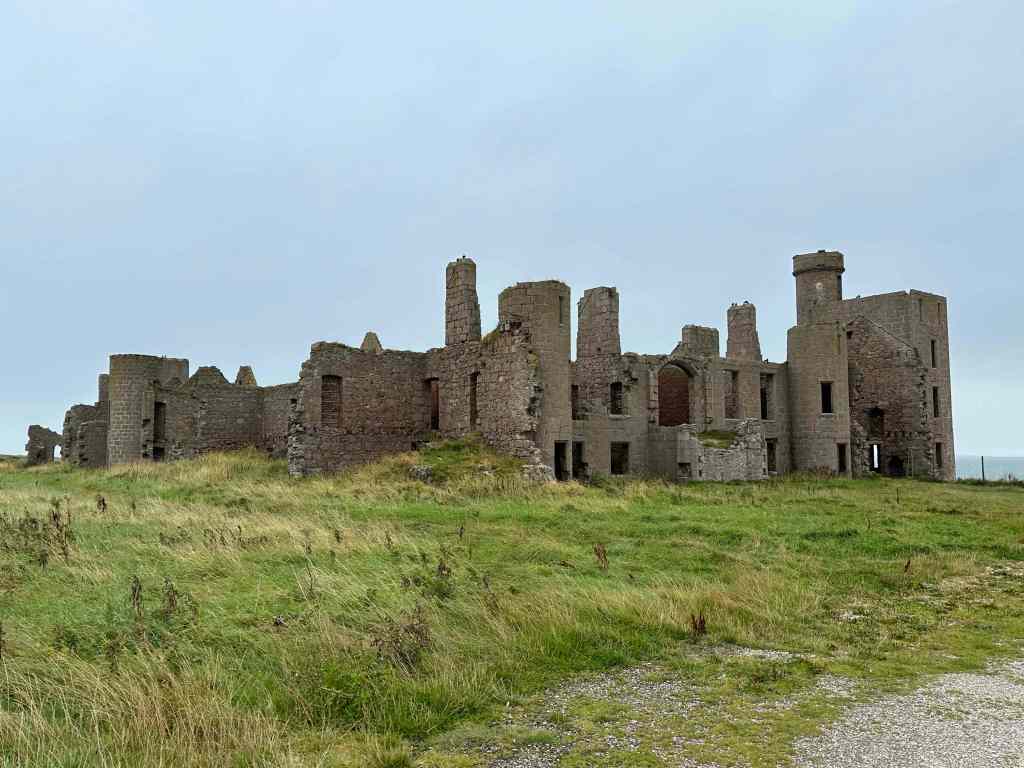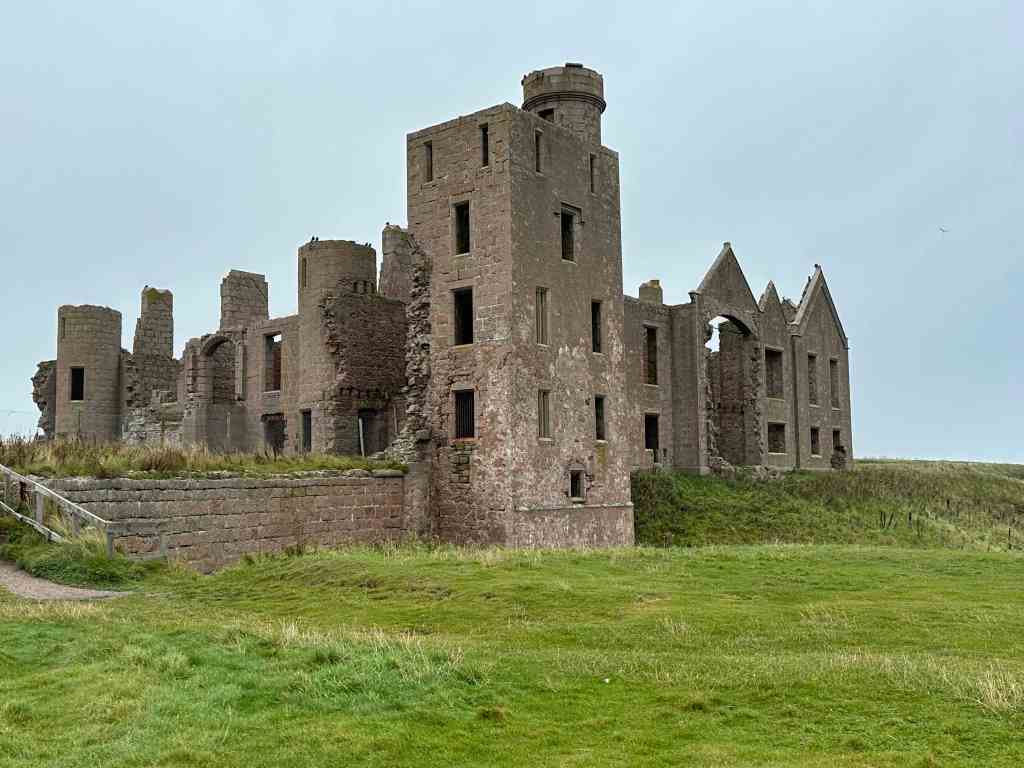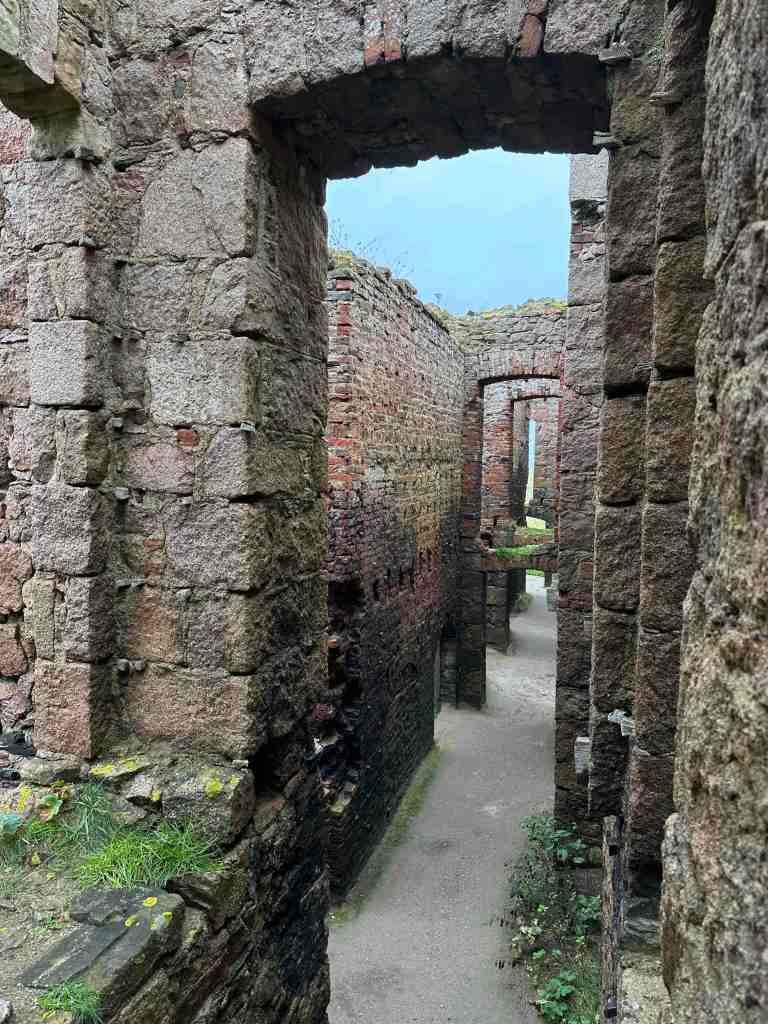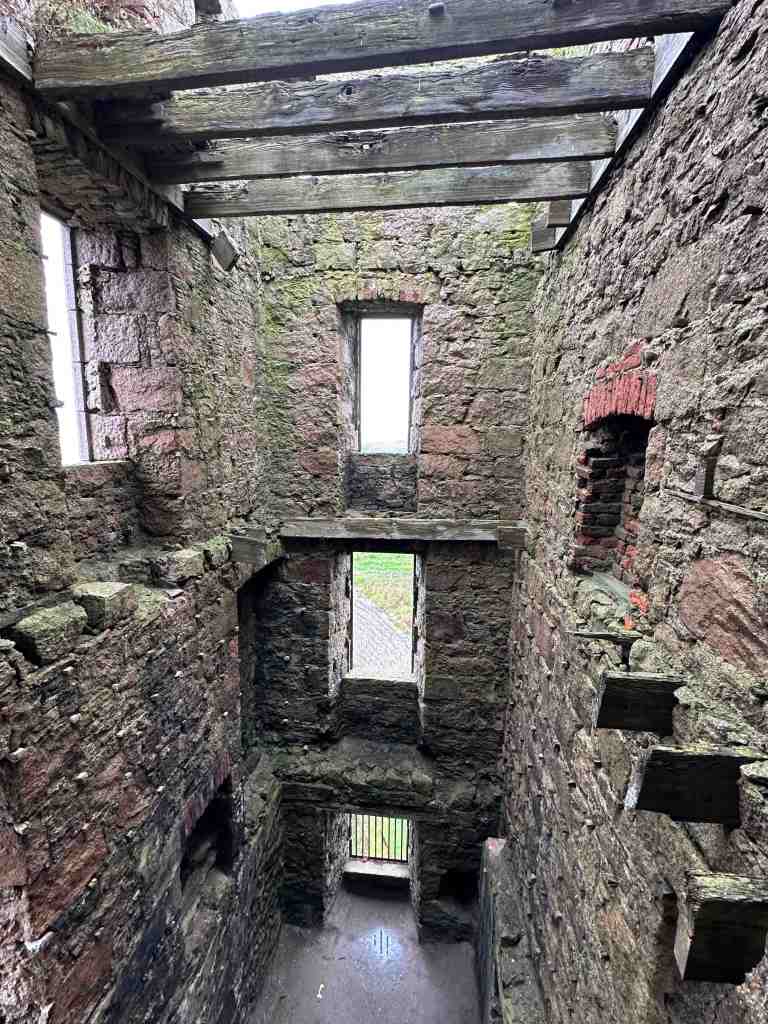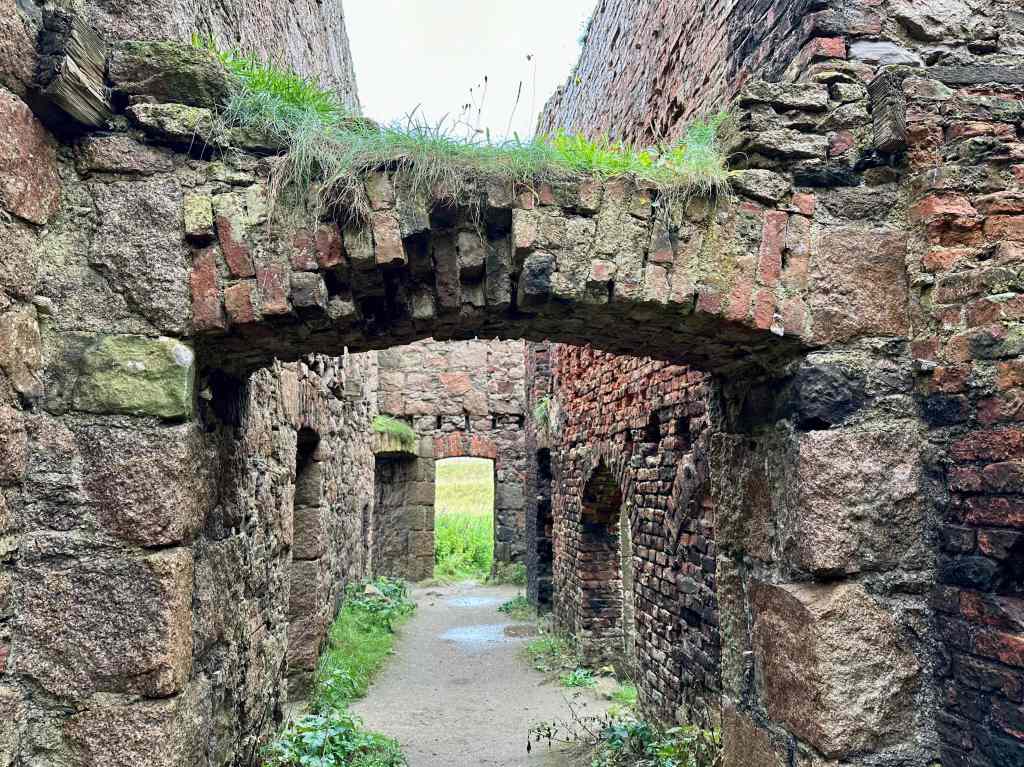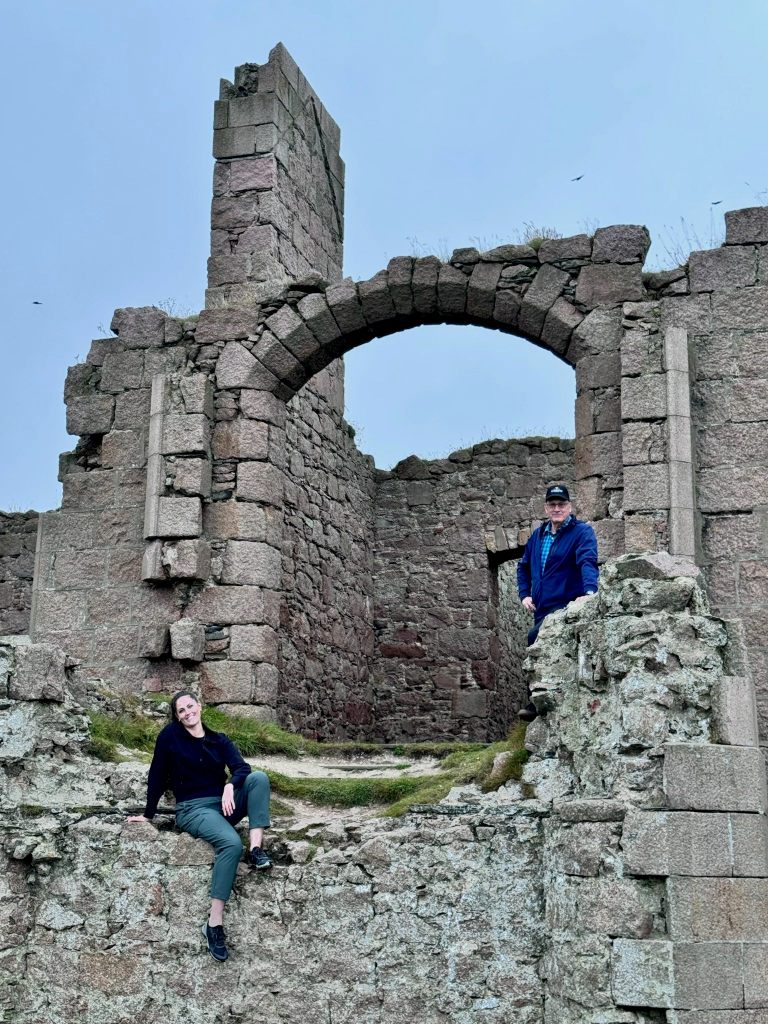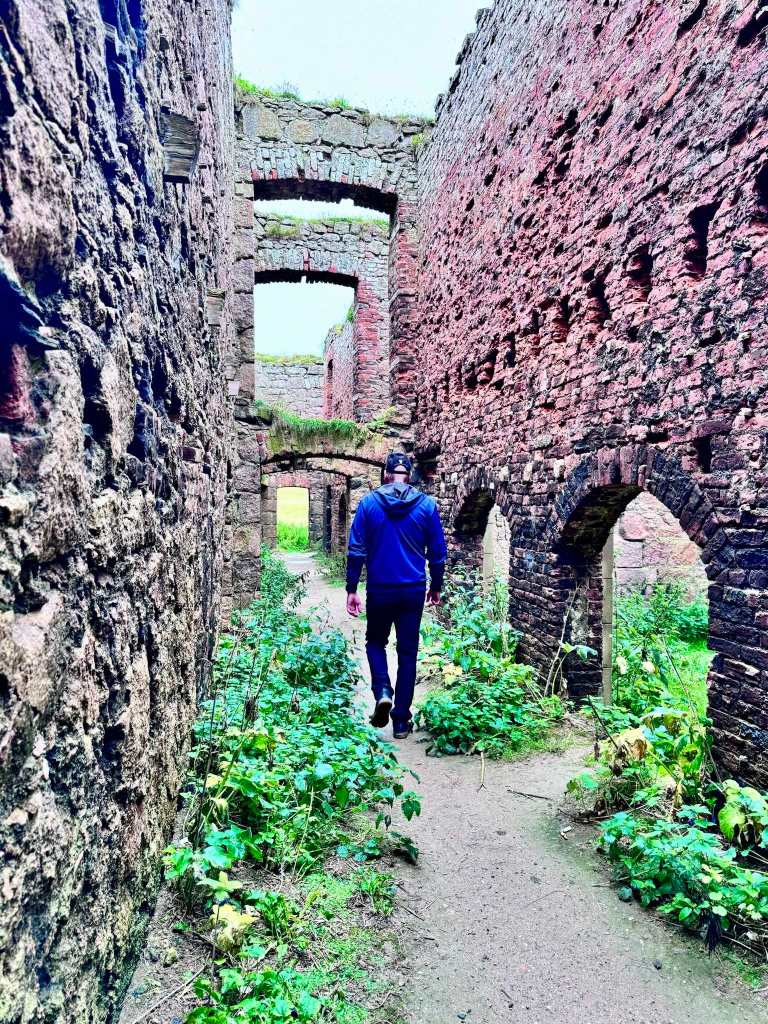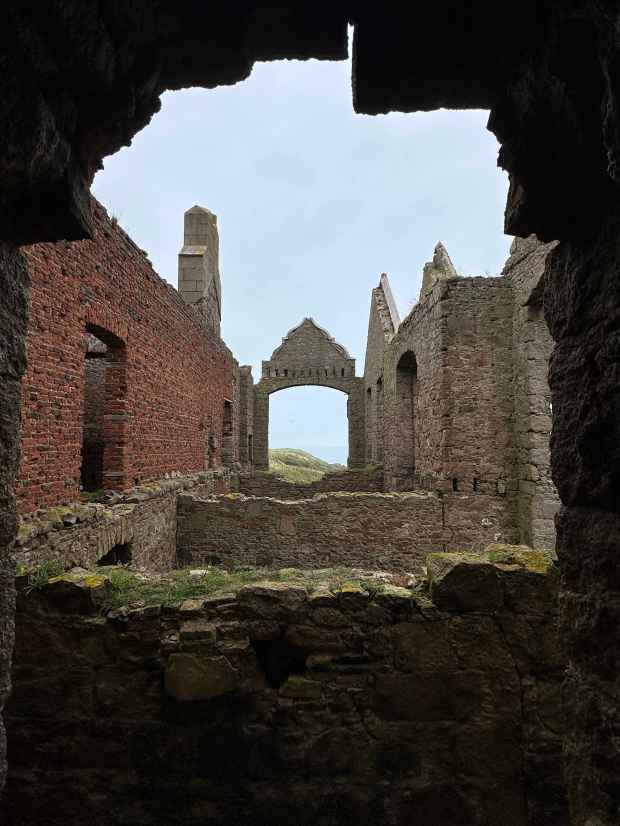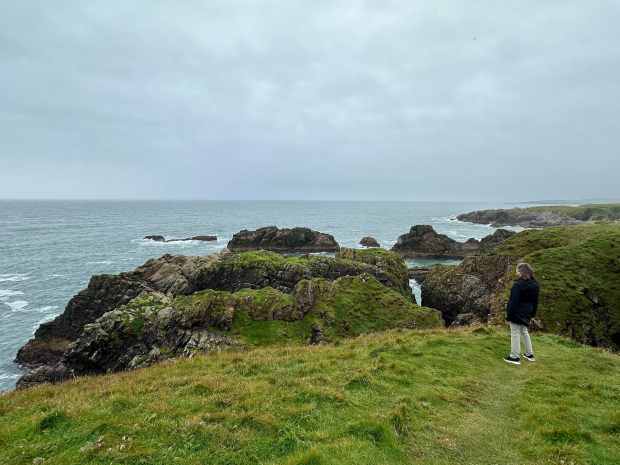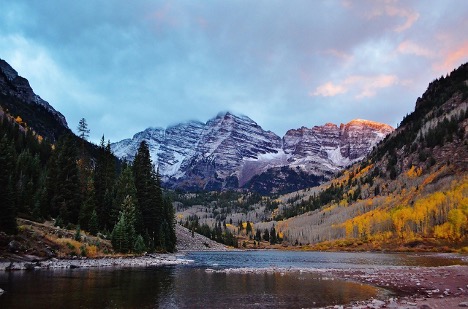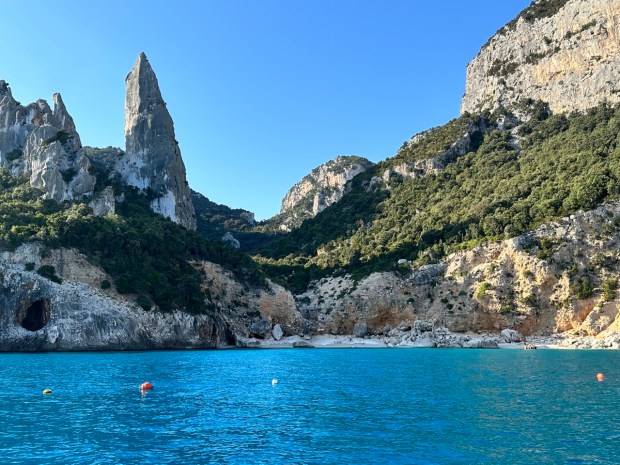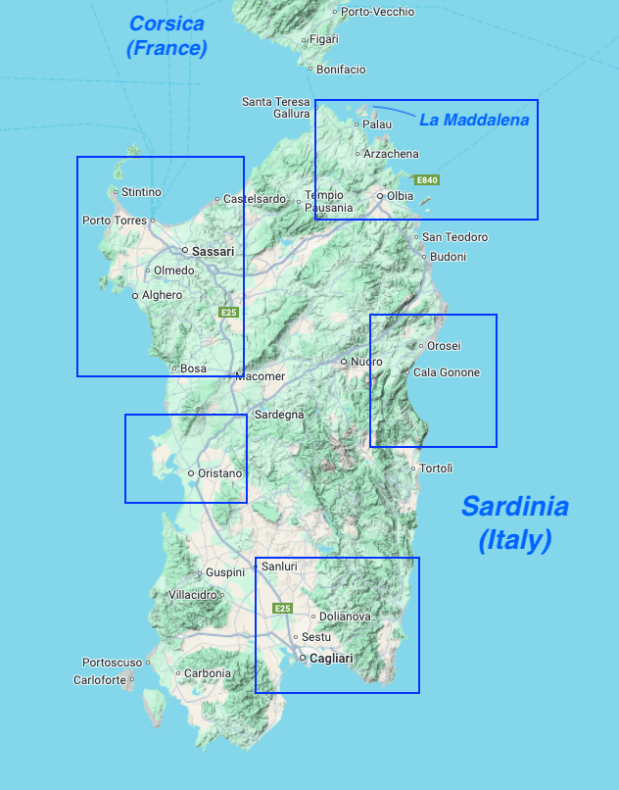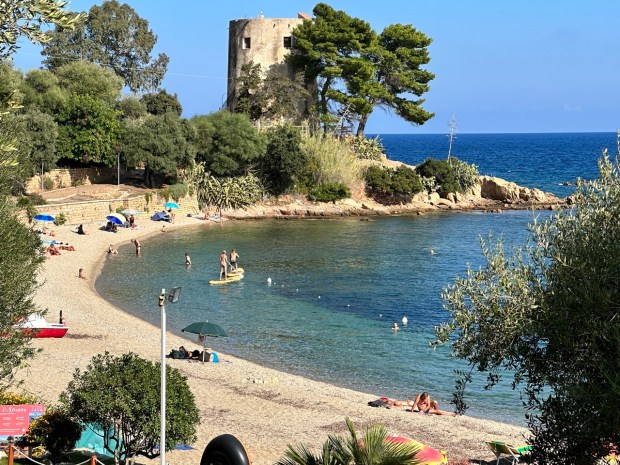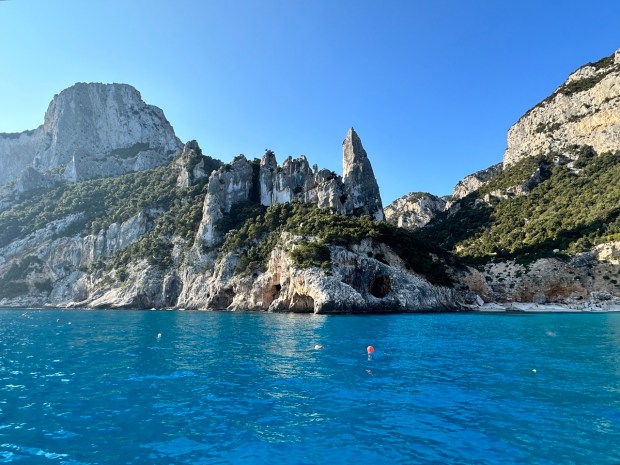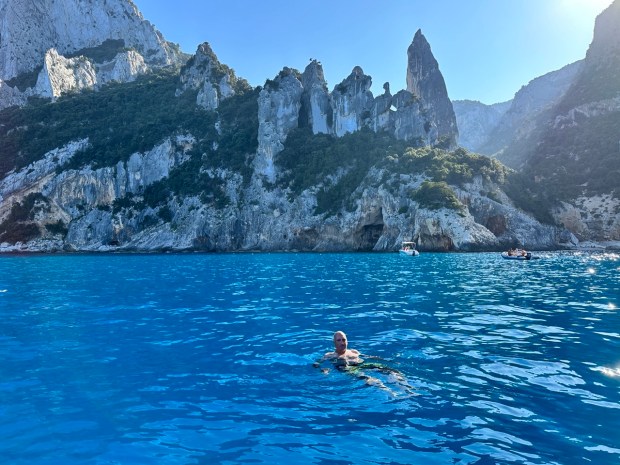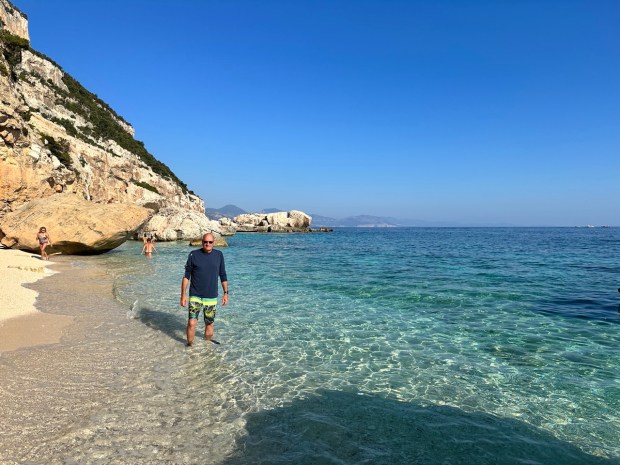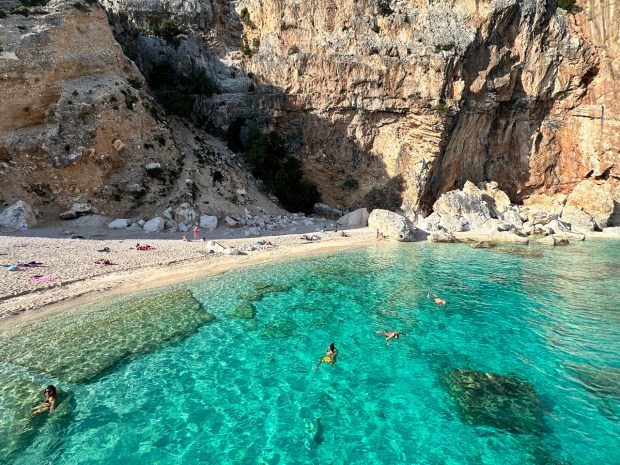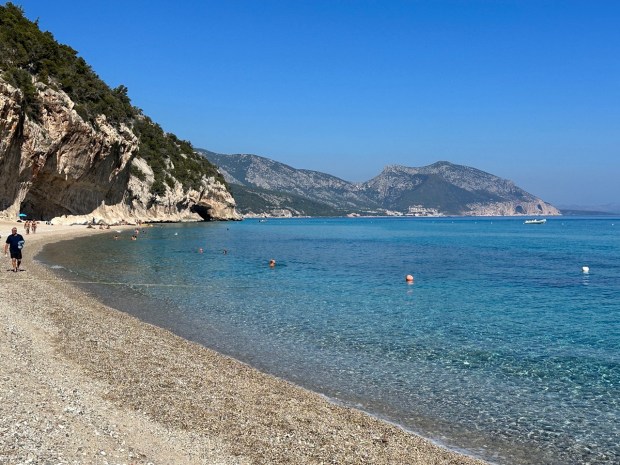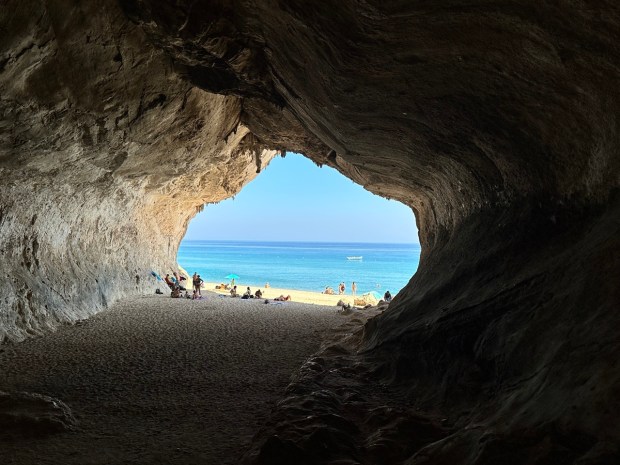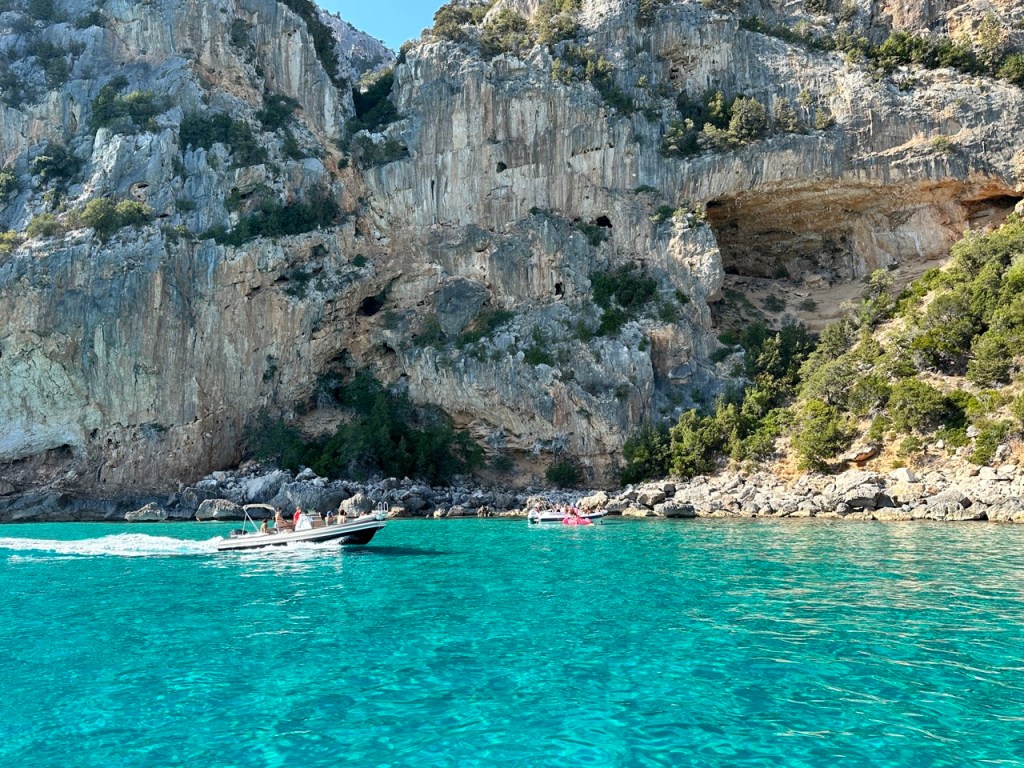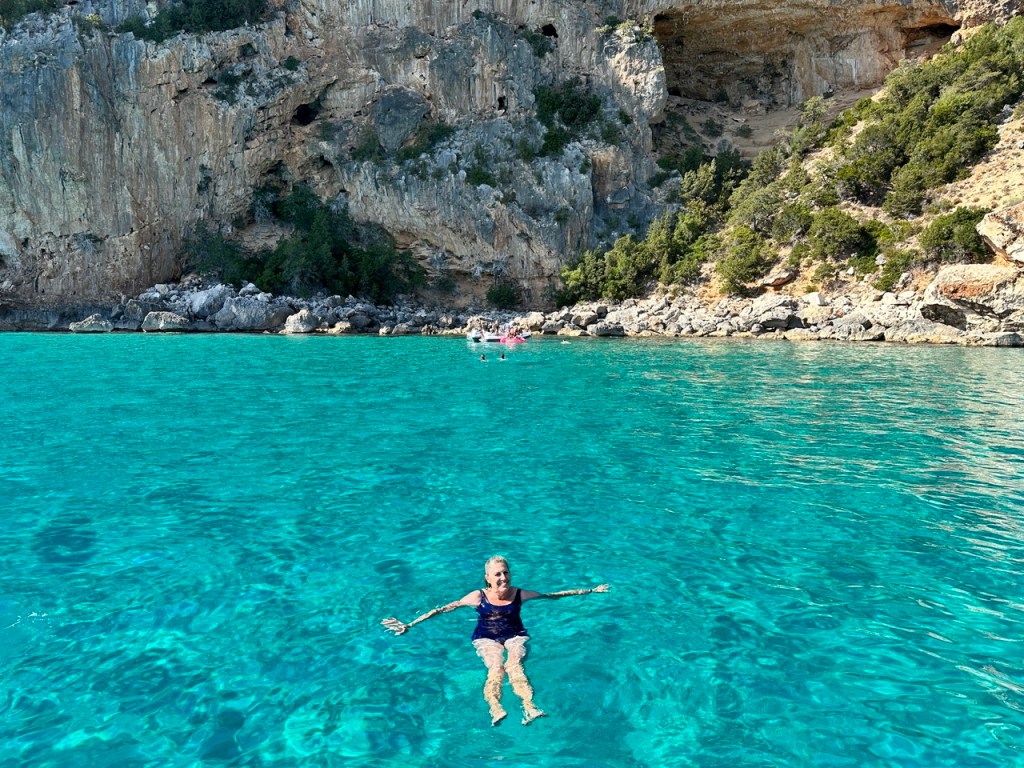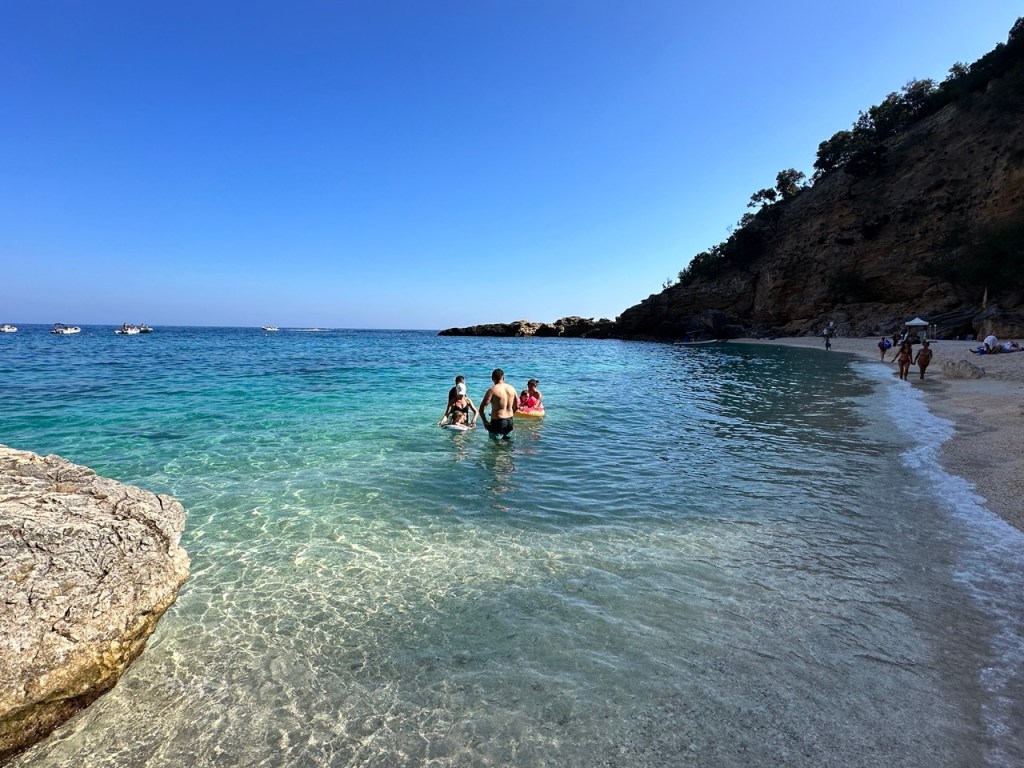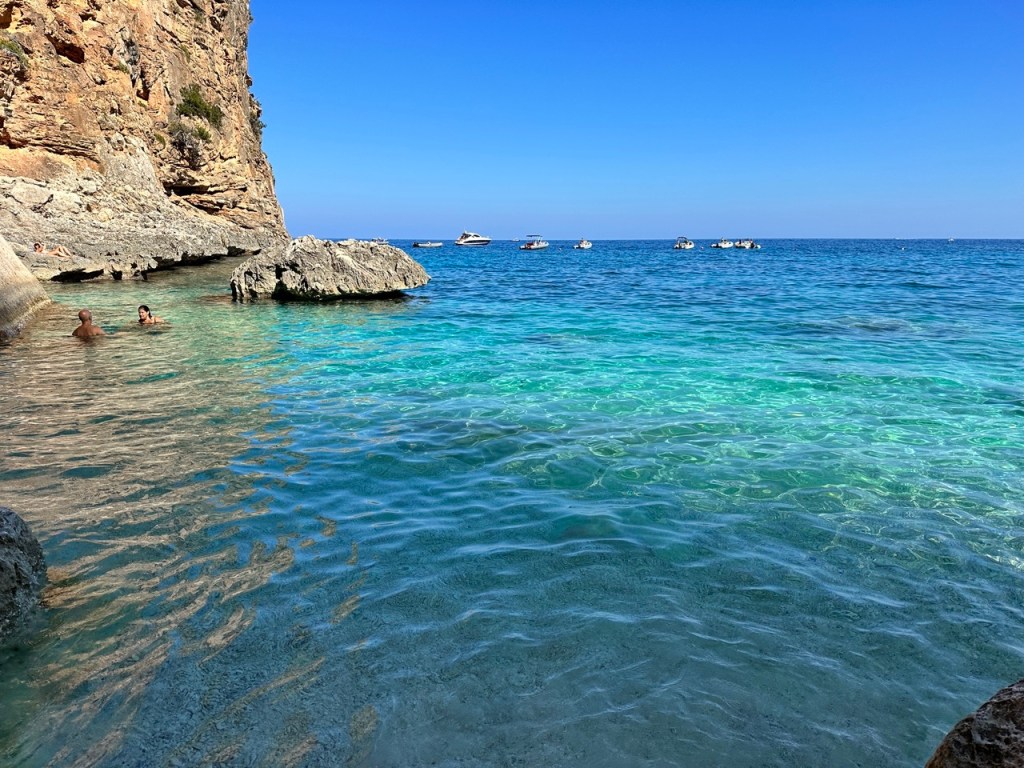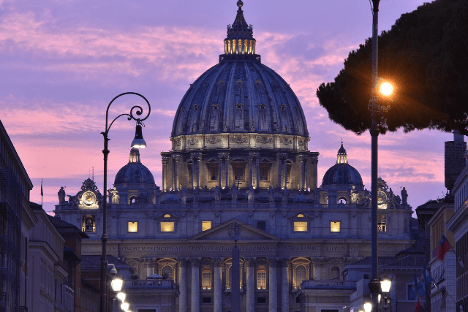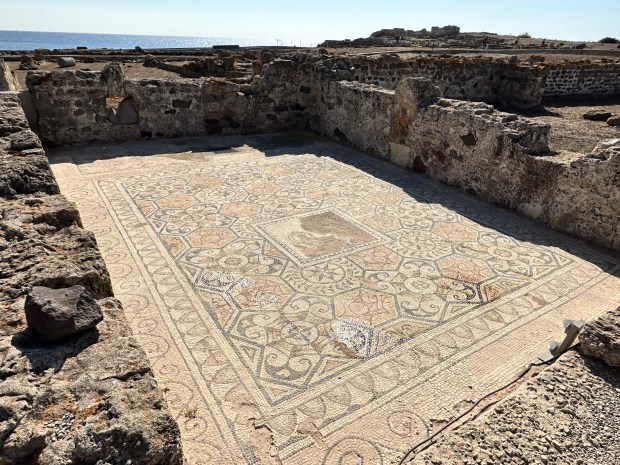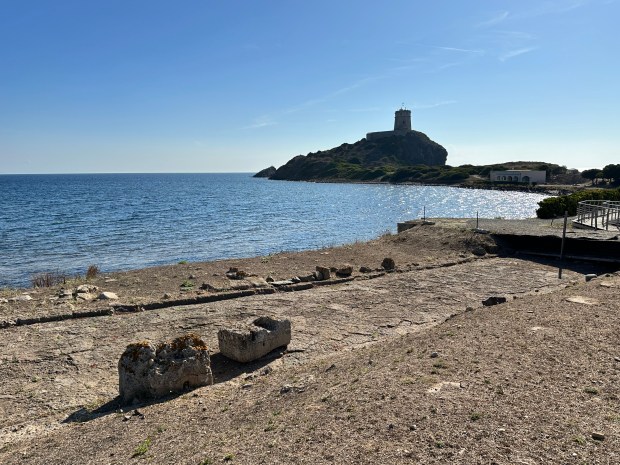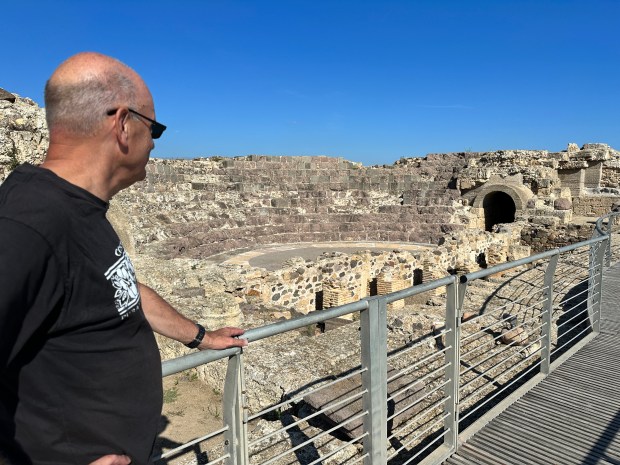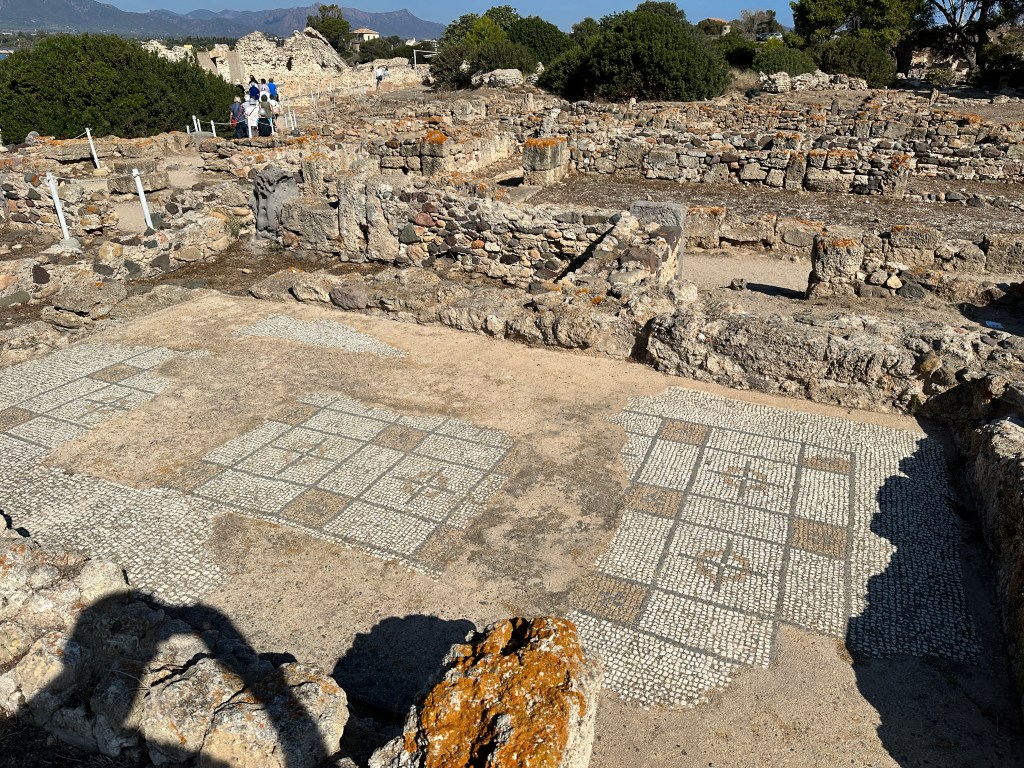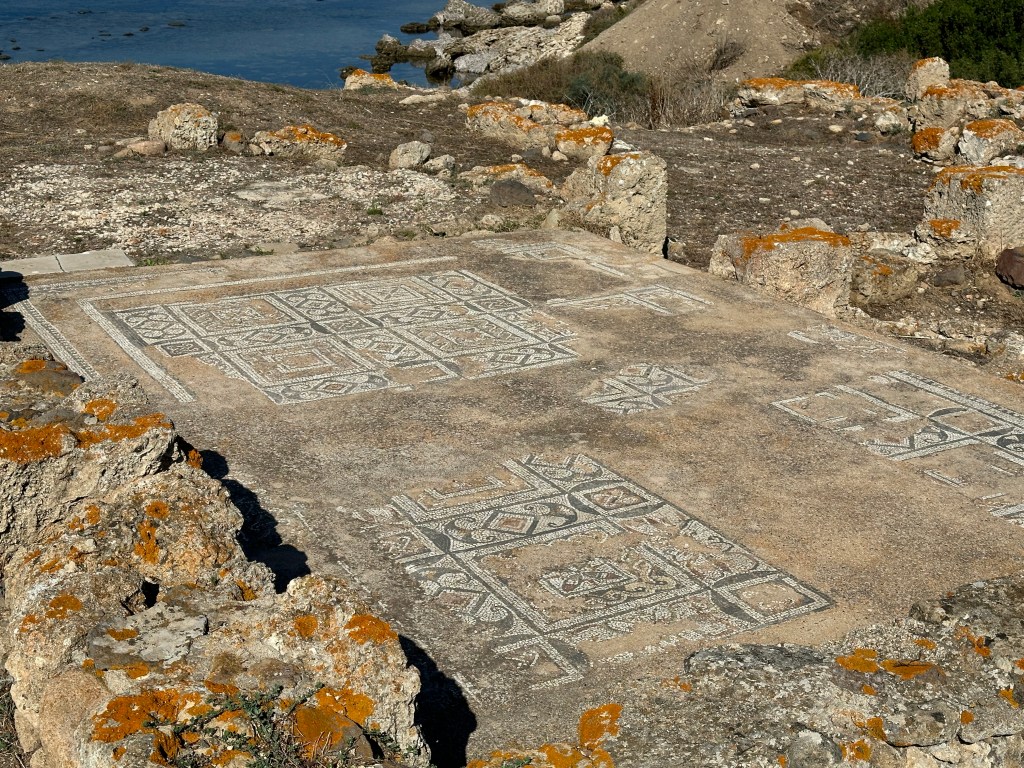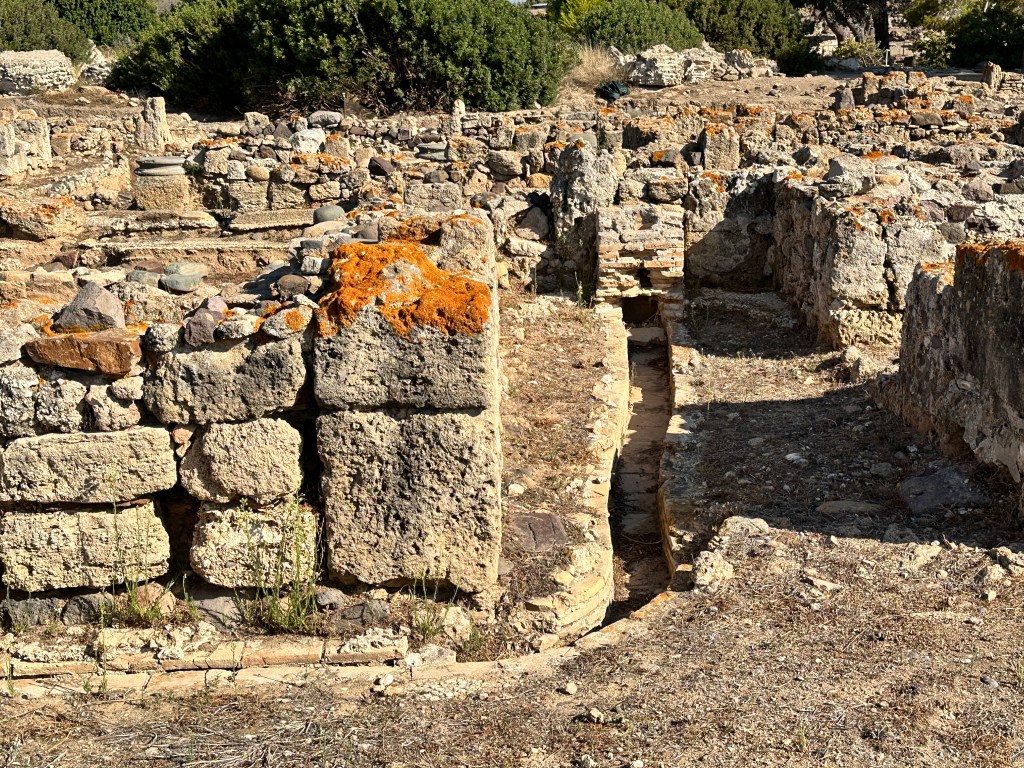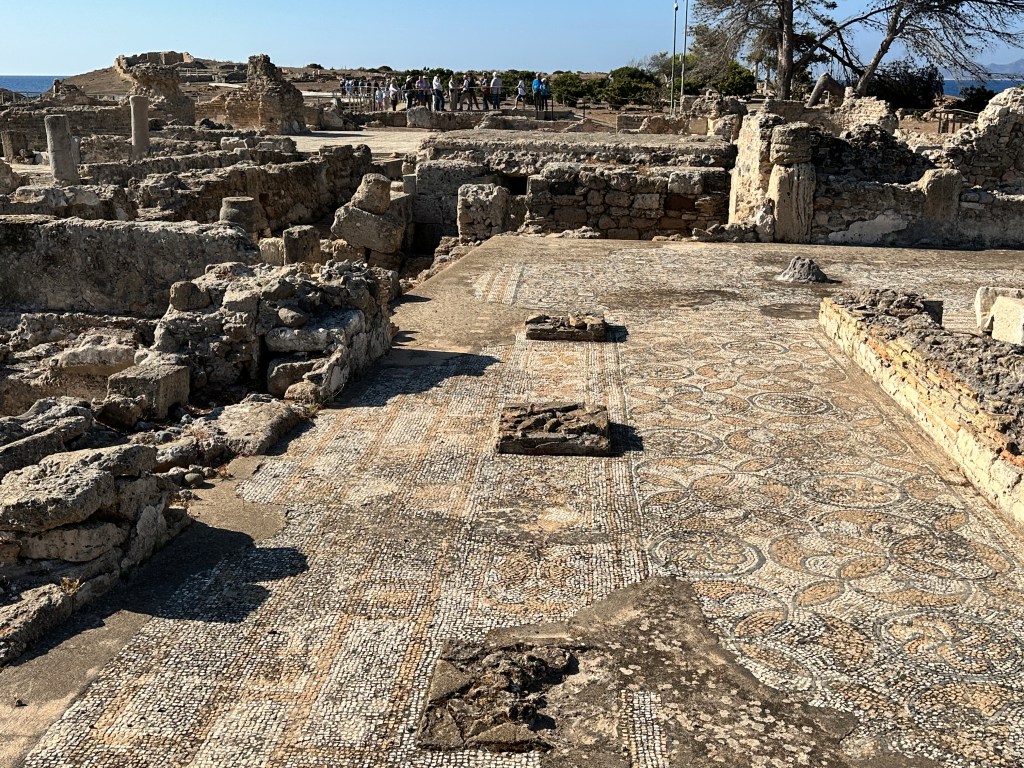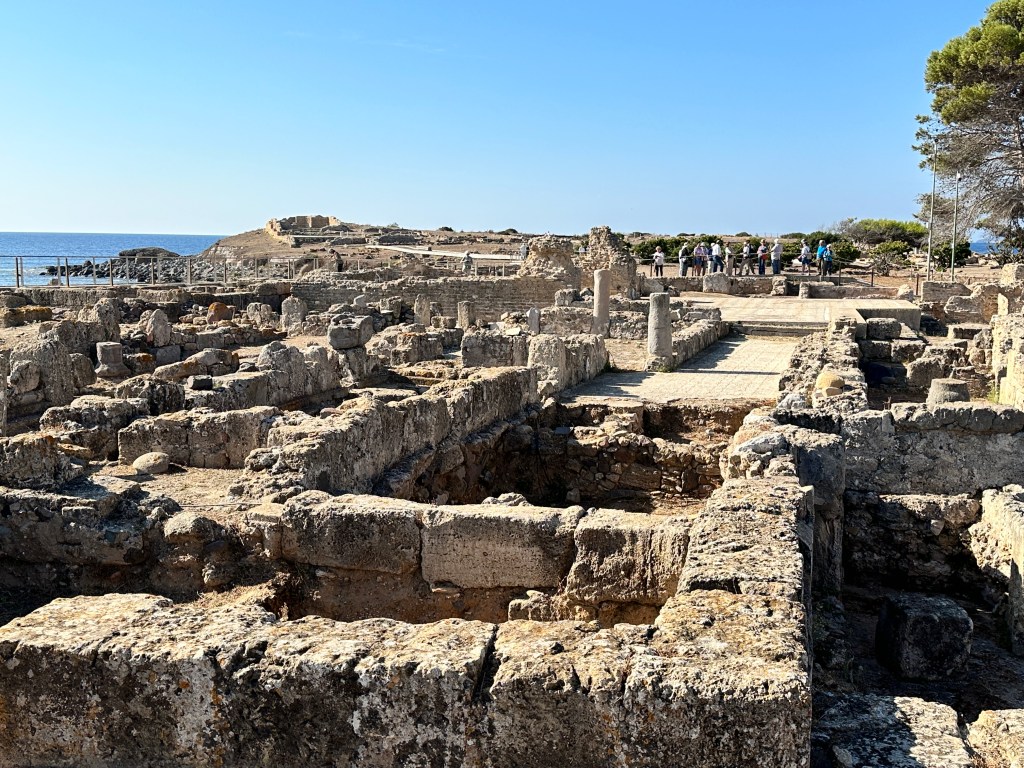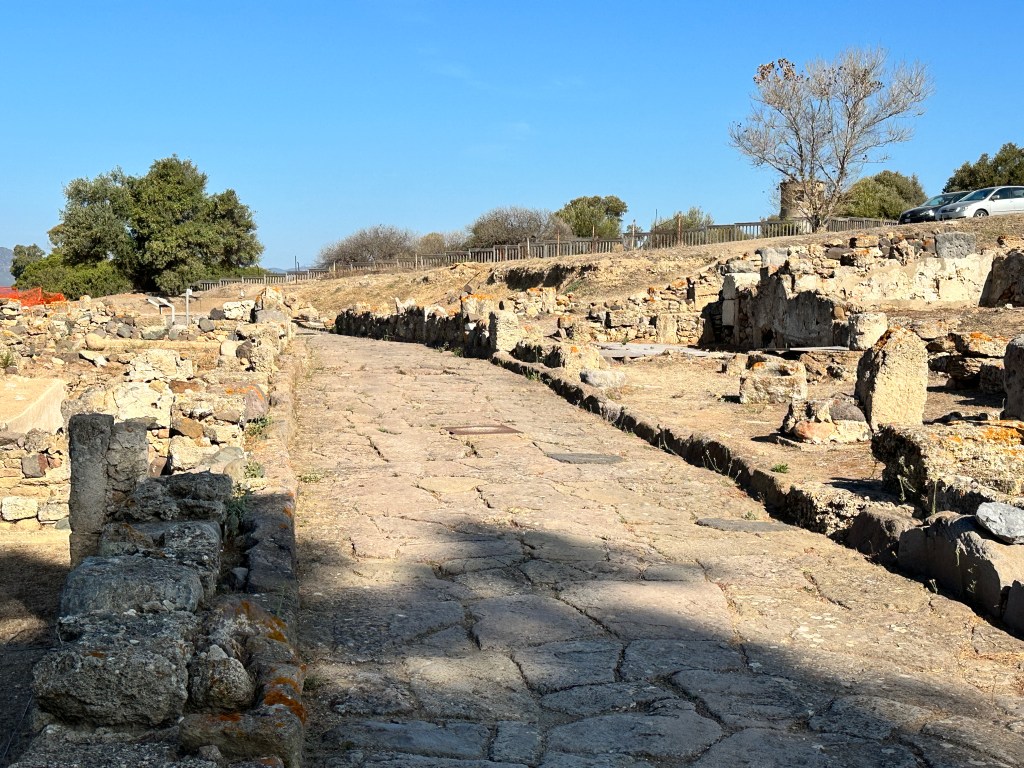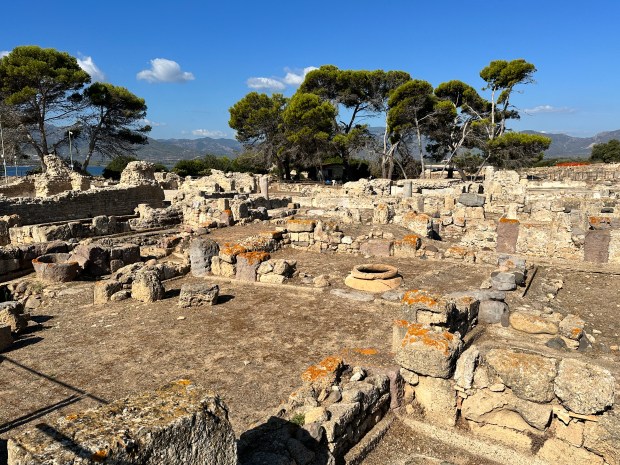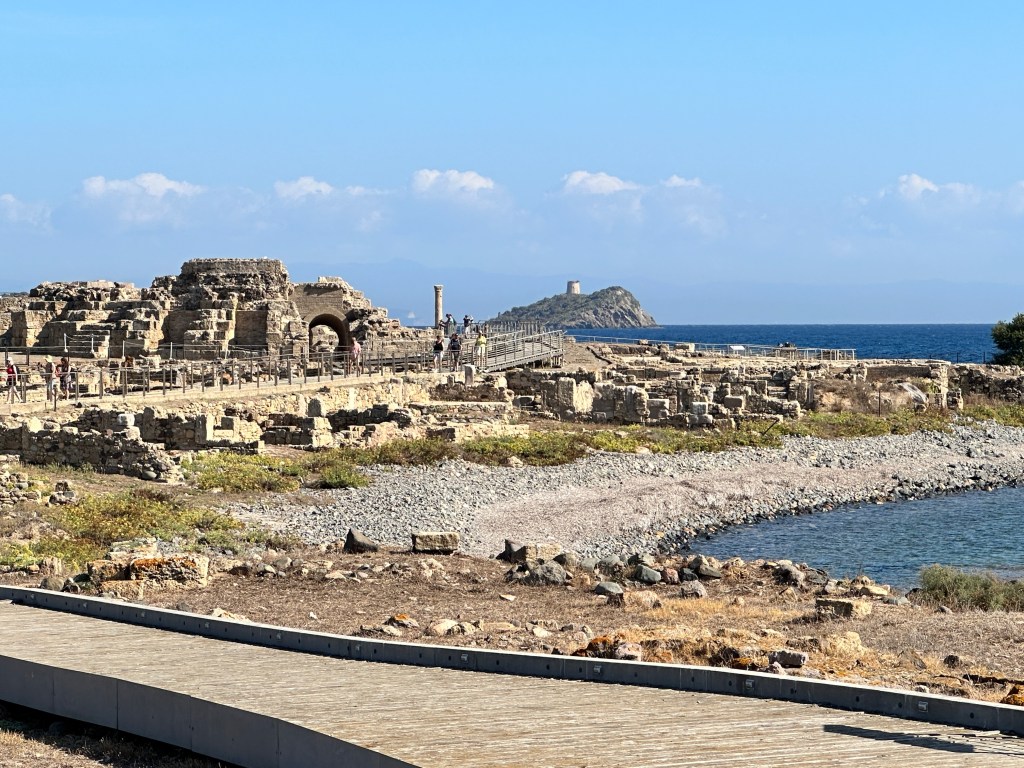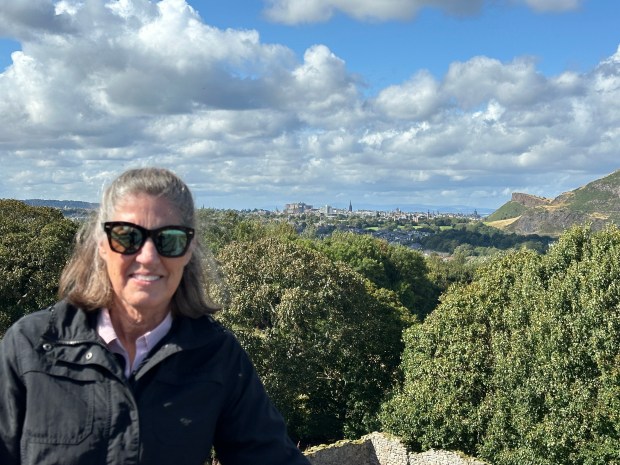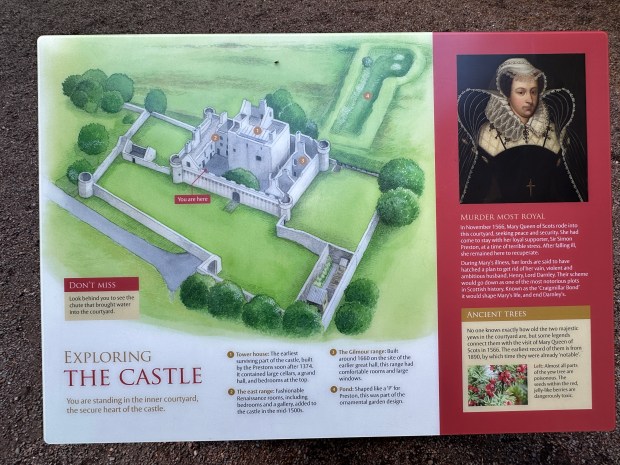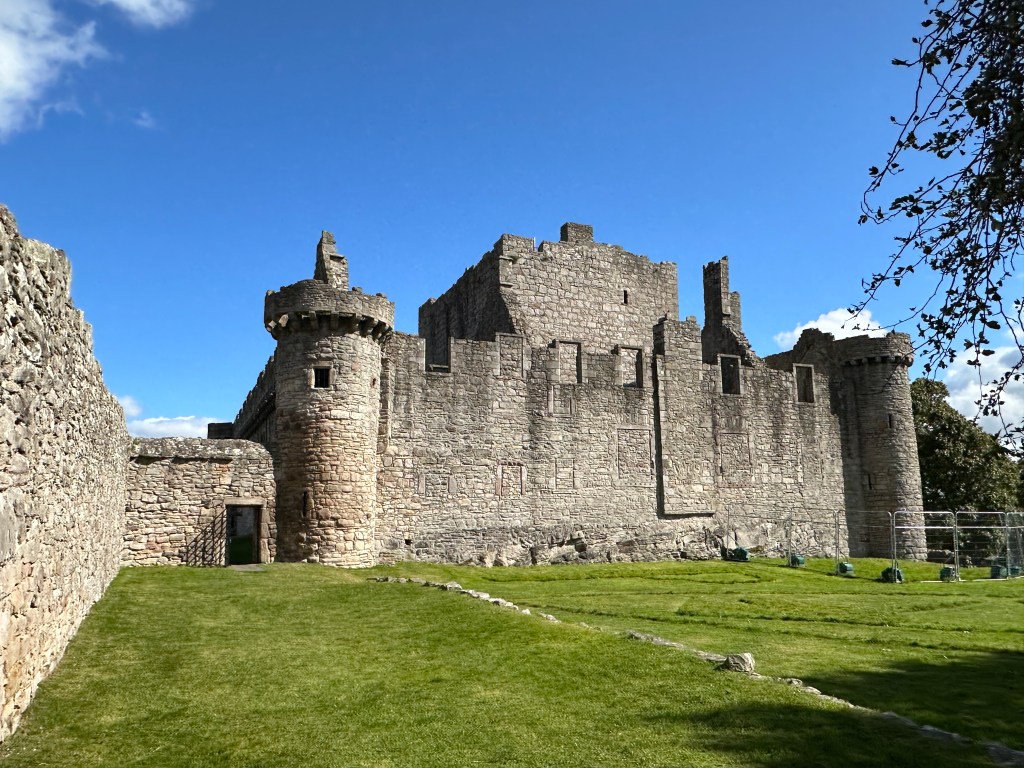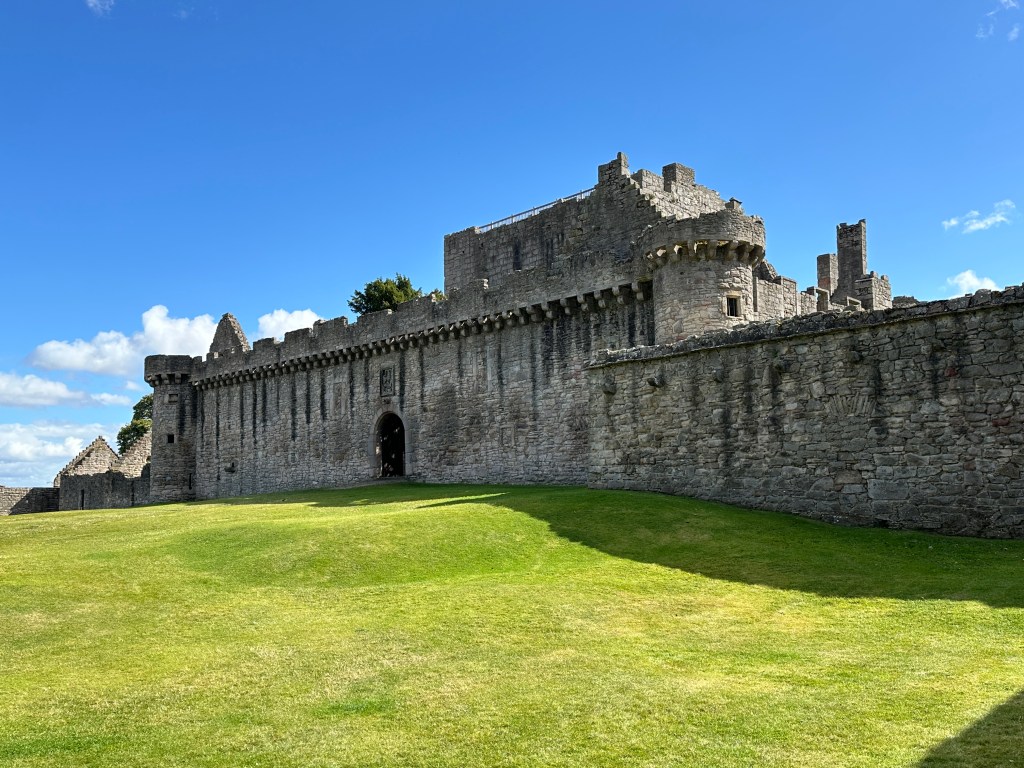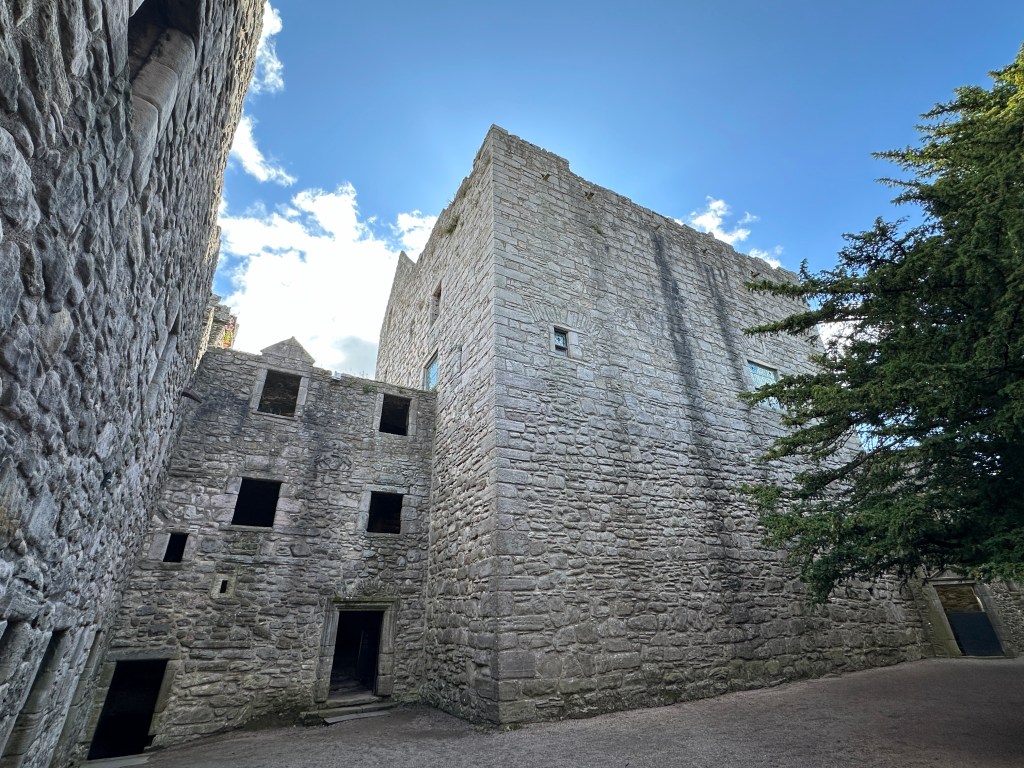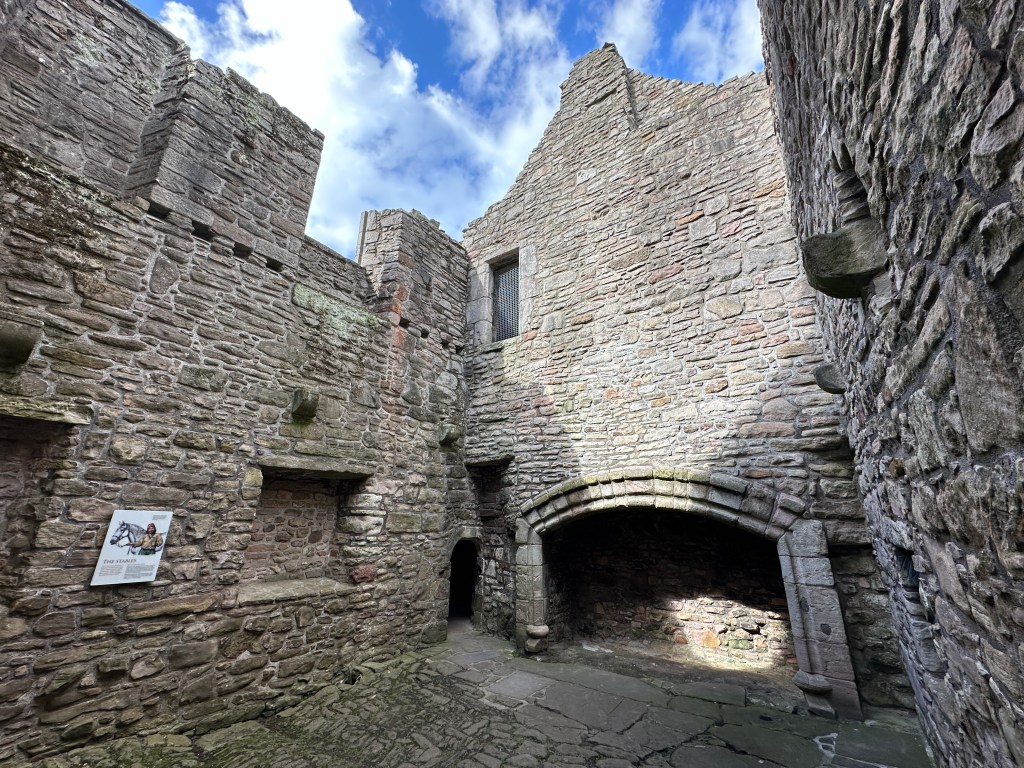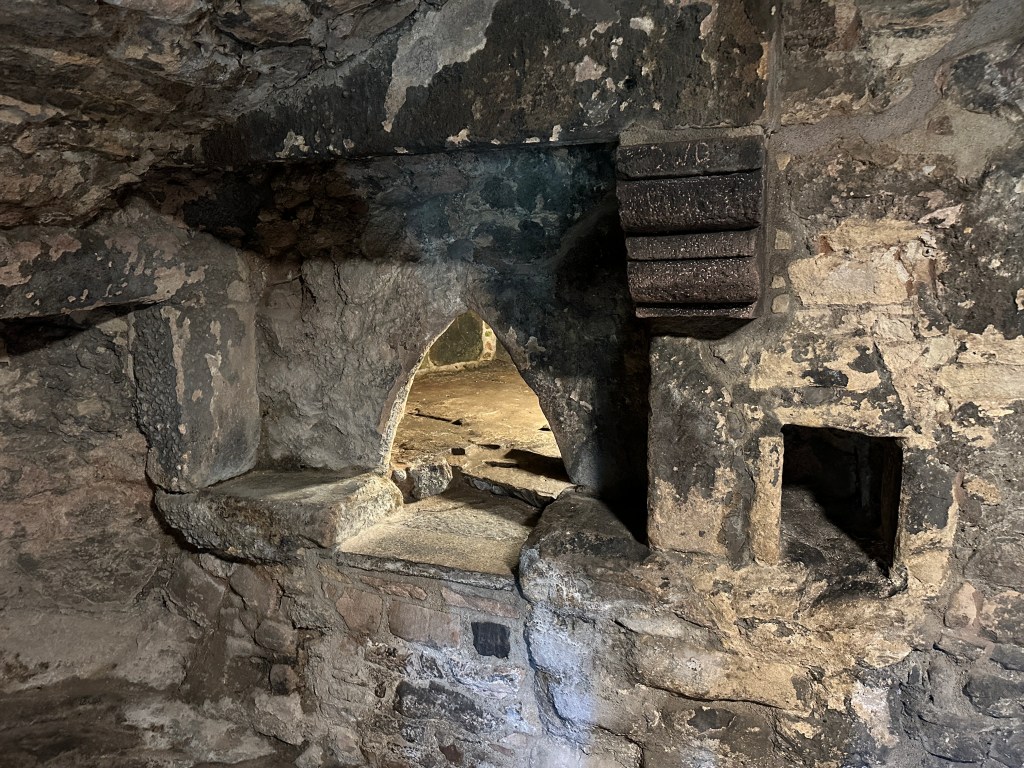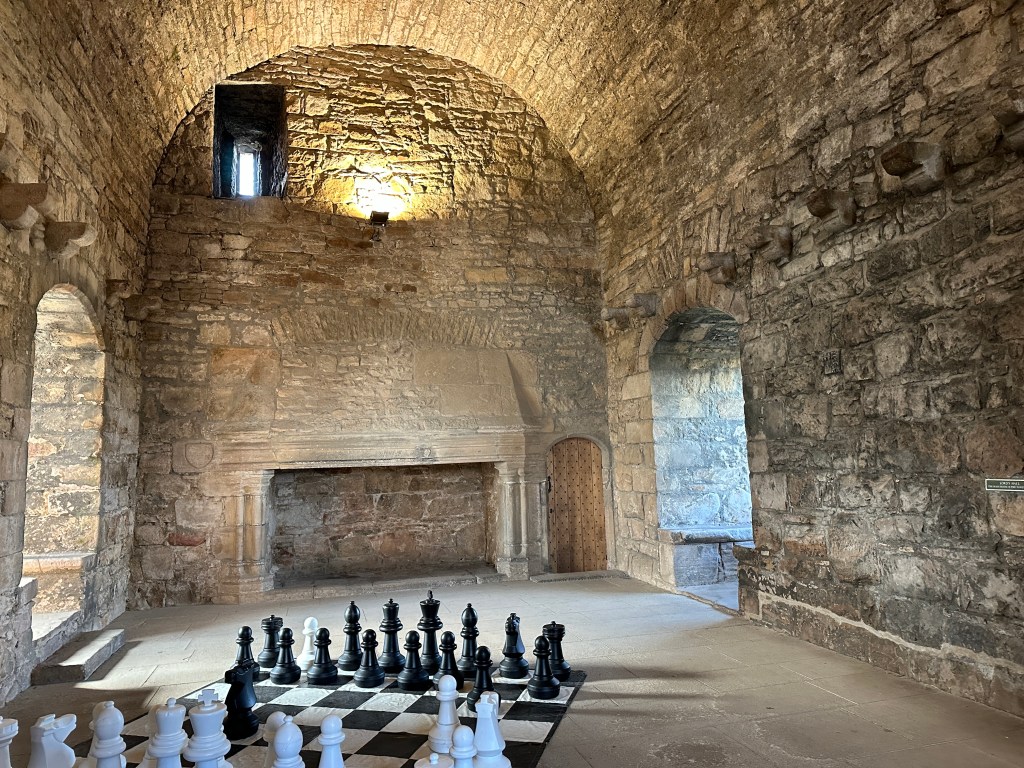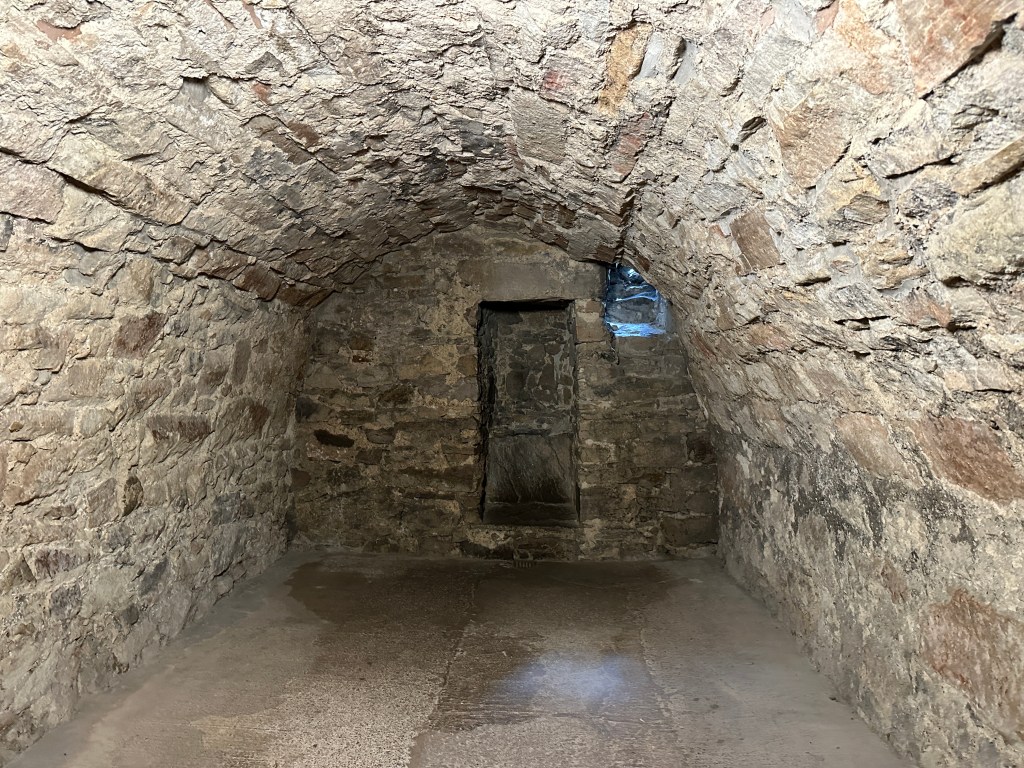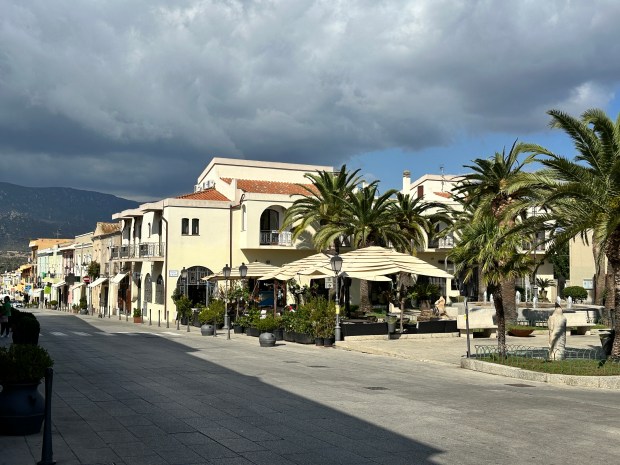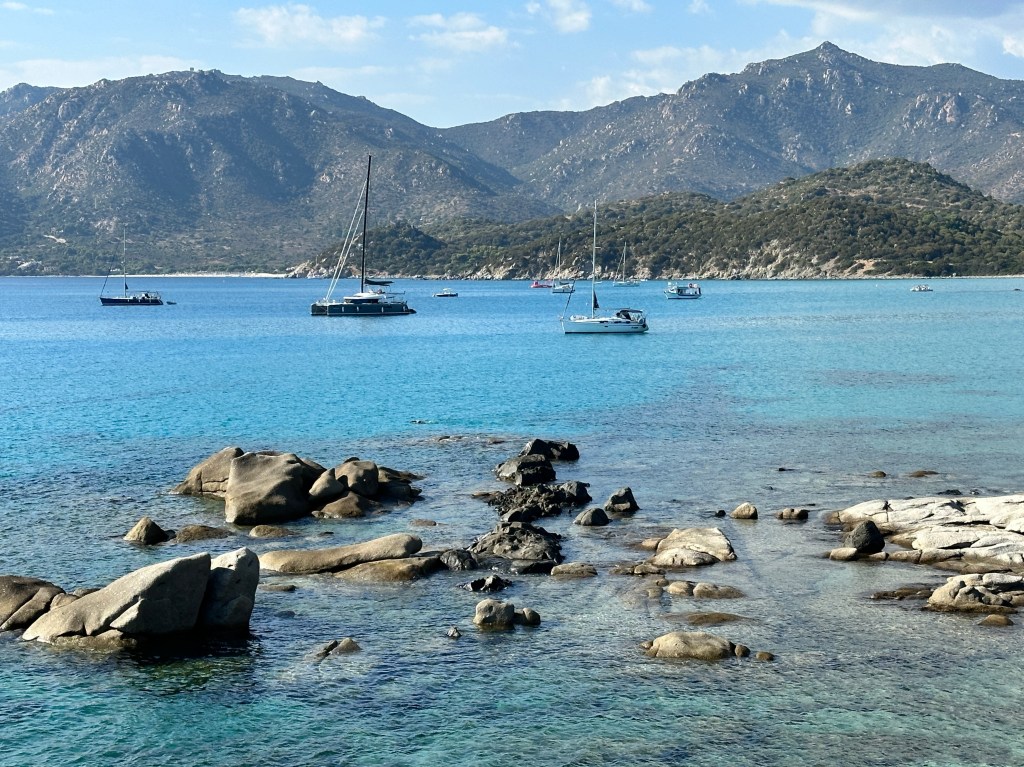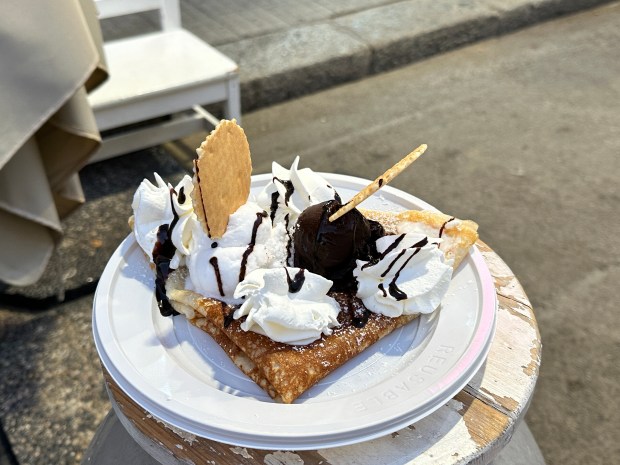Between the rivers of the Zambezi and the Limpopo lies the breathtaking land of Zimbabwe, a destination of untamed beauty and warm hospitality. From majestic wildlife to vibrant local culture, it offers an experience unlike any other. While tourism is steadily opening up, Zimbabwe remains a largely undiscovered gem for UK travellers. For this reason, it’s essential to keep security and local travel etiquette in mind, ensuring your holiday unfolds smoothly and without unnecessary disruption.
Safety in Zimbabwe
Like any other destination, Zimbabwe comes with its own travel challenges, such as infrastructure, economic, and political factors. However, with several airlines now offering regular flights to Zimbabwe from the UK, it’s become much easier for British travellers to explore this incredible country and experience its natural beauty. With the right preparation and local insight, your journey can be rewarding and memorable far from the trip-ruining mishaps many fear. The following tips provide insider knowledge and practical advice to help UK visitors make the most of their Zimbabwe adventure.
Packing Necessities
Weather Appropriate Clothing: Weather in Zimbabwe will probably be hot and dry, or cold and wet, depending on the place and time visited. Daytime, casual, loose, light clothing is sufficient, with a sweater or light jacket for the evening being handy.
Medication and First Aid Kit: If you have any medical issue, keep the original medication and prescription with you. A box containing some painkillers, band aids, and injury creams can save a life in critical moments.
Accommodation Choice
Safe Neighbourhood Options: Capital cities such as Harare and Bulawayo both have low to high-end hotels to suit anyone’s pocket. Check what is known as safe, to be sure you would be comfortable enough later in the evening.
Internet Reading of Reviews: Google Reviews or TripAdvisor will have some kind of gauge for safety in a hotel. Observe if they have safety provisions and how the staff members react to them.
Food and Water Safety
Bottled Water vs. Tap Water: Regardless of how bad the condition is with the tap water of a city, filtered or bottled water must be consumed if the water of a city is polluted.
Healthy Eating Habits: Street food is delicious, too, but only dine where the locals dine and at sanitary, clean stalls. Consume hot food and food prepared fresh, and peel fruits and vegetables yourself to attempt to reduce contamination.
Medical Clinics and Insurance
Travel Insurance: Zimbabwe hospitals are quite far apart, rural, and isolated. Good travel insurance will be worth every penny by costing you less of your own money to seek emergency treatment or even evacuation.
Where the Clinics and Hospitals Are: Harare hospitals are excellent, and even the smaller towns have clinics, but not always specialised services. It’s a good idea to have some sense of where the nearest medical centre is in case you might just happen to need to avail yourself of it.
US Dollar and Zimbabwean Dollar System Knowledge
Zimbabwe’s money history is up-to-date. Although locally used currency is the Zimbabwean Dollar (ZWL), the de facto US Dollar is utilised in all transactions across the whole country. Use USDs with lesser denominations, if feasible, and you may ask at any time what the quoted price is rendered in. Cash can even be exchanged at banks, bureaus de change, or even at some hotels around the clock. Business on the black market is not worth trying since it is illegal and risky.
Steer Clear of Frauds
Pay attention to the typical frauds. The tourist is swindled out of worthless jewellery, pricey taxis, or bogus “wildlife tours.” So beware of poorly consummated transactions. Protect your money and cards. Tuck the money into a money belt or secure pocket. Where feasible, withdraw from the bank buildings or from secured hotels’ ATMs and handle it with care when exchanging the money.
Transportation Options
Local buses (“kombis”) are more uncomfortable and risky than shared taxis, private cars, and taxis. Domestic flights and buses are the correct means to get to a decent distance between towns or to a resort region such as Victoria Falls.
Political and Social Climate
The political and social climate in Zimbabwe can shift overnight. Keeping up to date keeps you on the edge of a high-stress experience. Don’t forget:
Remaining Up-to-Date with the News Spreads: A trip from the source of good news will keep an individual up to date. Riots or strikes may disrupt travel arrangements at any time, particularly in major cities.
Protest Avoidance: Avoid political protest or crowds. An unarmed protest may turn savage in a matter of moments.
Politics Avoidance: Politics divides. Avoid travelling into controversy-generating discussions unless known to the individual.
Cultural Respect: Dress modestly when in public or the countryside. Always ask permission while taking pictures if there is a crowd around you.
Conclusion
So, if you’re travelling from the UK, you’ll be well prepared and safe by following the tips above for your trip to Zimbabwe. With the right preparation, your journey could become one of the most memorable experiences of your life. This incredible country will leave you in awe with its natural beauty. Just remember to respect the local culture and follow good travel etiquette. Keeping an eye on your budget, sorting your travel insurance, and taking care of your health before you go will help make your adventure truly worthwhile. Now, you’re all set to explore this remarkable land of wonders.
Featured image courtesy of pixabay.com.






